When it comes to keeping your crested gecko healthy, relying solely on a commercial diet might not be the best approach. While these pre-packaged foods can provide convenience, they often fall short of offering a complete and balanced diet for your pet. If you want your gecko to thrive, it's important to take a more holistic approach to their nutrition.
What Do Good Breeders Do Differently?
Experienced breeders know that a healthy, thriving crested gecko requires more than just sugary commercial diets. To ensure their geckos grow strong and live long, they provide a balanced variety of foods. Here’s a breakdown of how they maintain proper nutrition for their geckos:
1. Insects for Protein and Muscle Growth
One of the key components of a crested gecko’s diet is insects. Good breeders feed their geckos gut-loaded dubia roaches or crickets, which provide much-needed protein for muscle development and overall growth. Insects are a vital source of natural, nutrient-rich protein that can’t be replaced by powdered diets alone.
💡 Tip: Make feeding insects easier and cleaner with the Geckopia Triple Dish — designed to hold insects, calcium, and water separately, preventing mess and promoting healthy eating habits.
2. Rotation Feeding
To avoid overloading their geckos with sugar, breeders rotate between insects and powdered diets. This rotation helps prevent an imbalance in nutrition. While commercial diets might be high in sugars or carbohydrates, insects provide a more natural, balanced source of vitamins and minerals that geckos need for optimal health.
💡 Pro tip: Use Gecko Bowls for easy rotation between meals. They fit perfectly into Geckopia’s Flex Bridge and make switching between CGD meals smooth and stress-free.
3. Careful Portion Control
Unlike pet stores that often leave food out for geckos to eat freely, good breeders practice portion control. Overfeeding can lead to obesity and other health issues. Breeders offer just enough food to maintain a healthy weight, ensuring their geckos are neither under nor overfed. By monitoring food intake carefully, breeders can help keep their geckos at a healthy size and weight.
💡 To simplify portioning, you can use the Gecko Bowls — its size is perfect for controlling servings while keeping your gecko’s food fresh and easy to access.
4. Regular Observation of Health
Top breeders also keep a close eye on the condition of their geckos. They regularly check for signs of good health, such as thick, well-rounded tails. A healthy gecko should have a tail that is plump and firm, indicating proper nutrition. On the other hand, an oversized belly is a red flag for potential overfeeding and obesity, which can lead to a shorter lifespan and other health issues.
Keep your enclosure clean and easy to monitor with the Geckopia Reptile Liner — a safe, flat surface that makes it simple to observe waste, activity, and changes in your gecko’s behavior.
Why This Matters
Breeding healthy geckos takes more than just feeding them the latest commercial diet. It requires balancing a variety of foods, paying attention to portion sizes, and observing their physical health. That’s why the best breeders’ geckos are strong, active, and live longer lives. In contrast, many pet store geckos end up overweight and sluggish due to the reliance on sugary, commercial foods.
By adopting a more thoughtful approach to feeding your crested gecko—one that involves a balance of insects, rotation, careful portions, and regular observation—you can help your pet live a longer, healthier, and happier life.






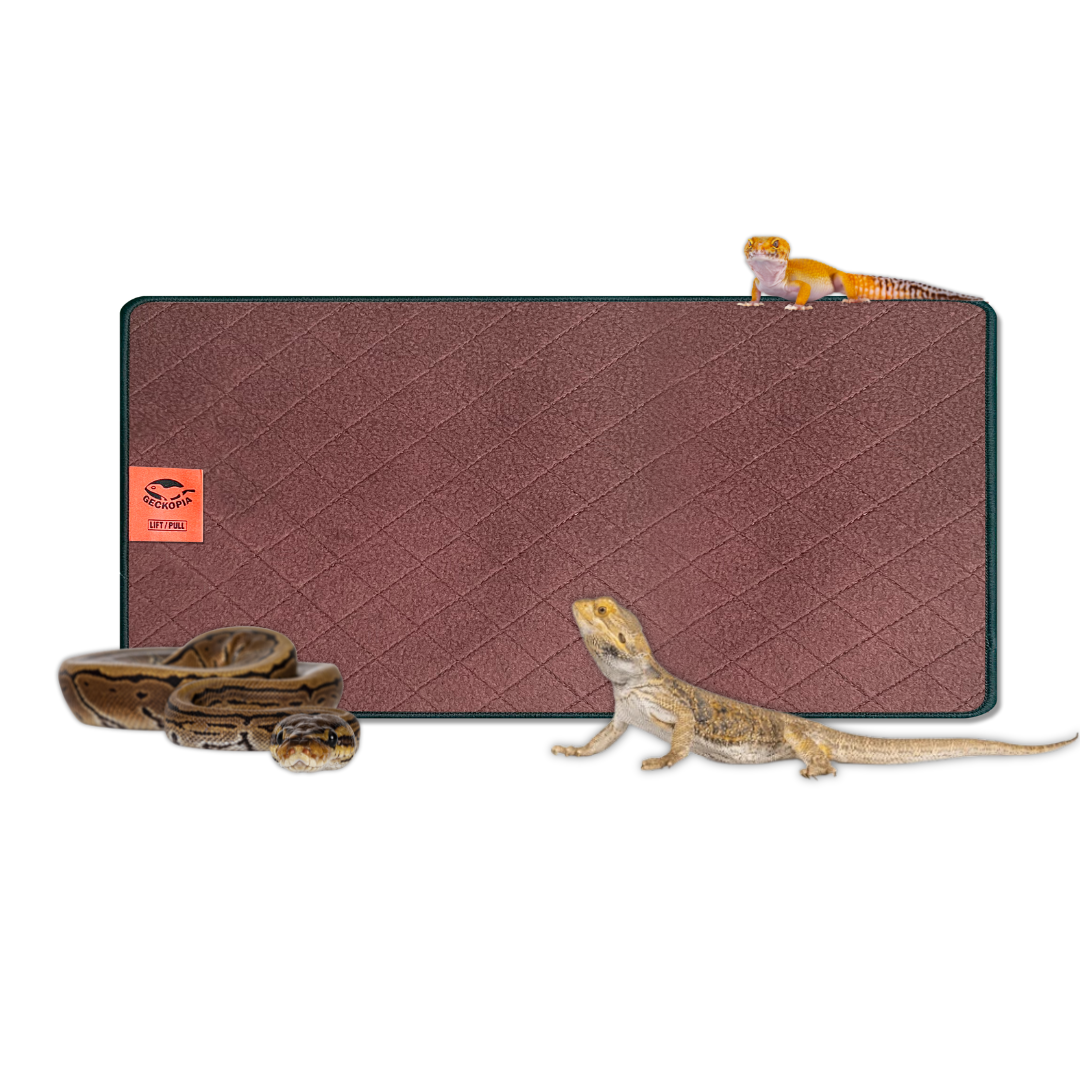
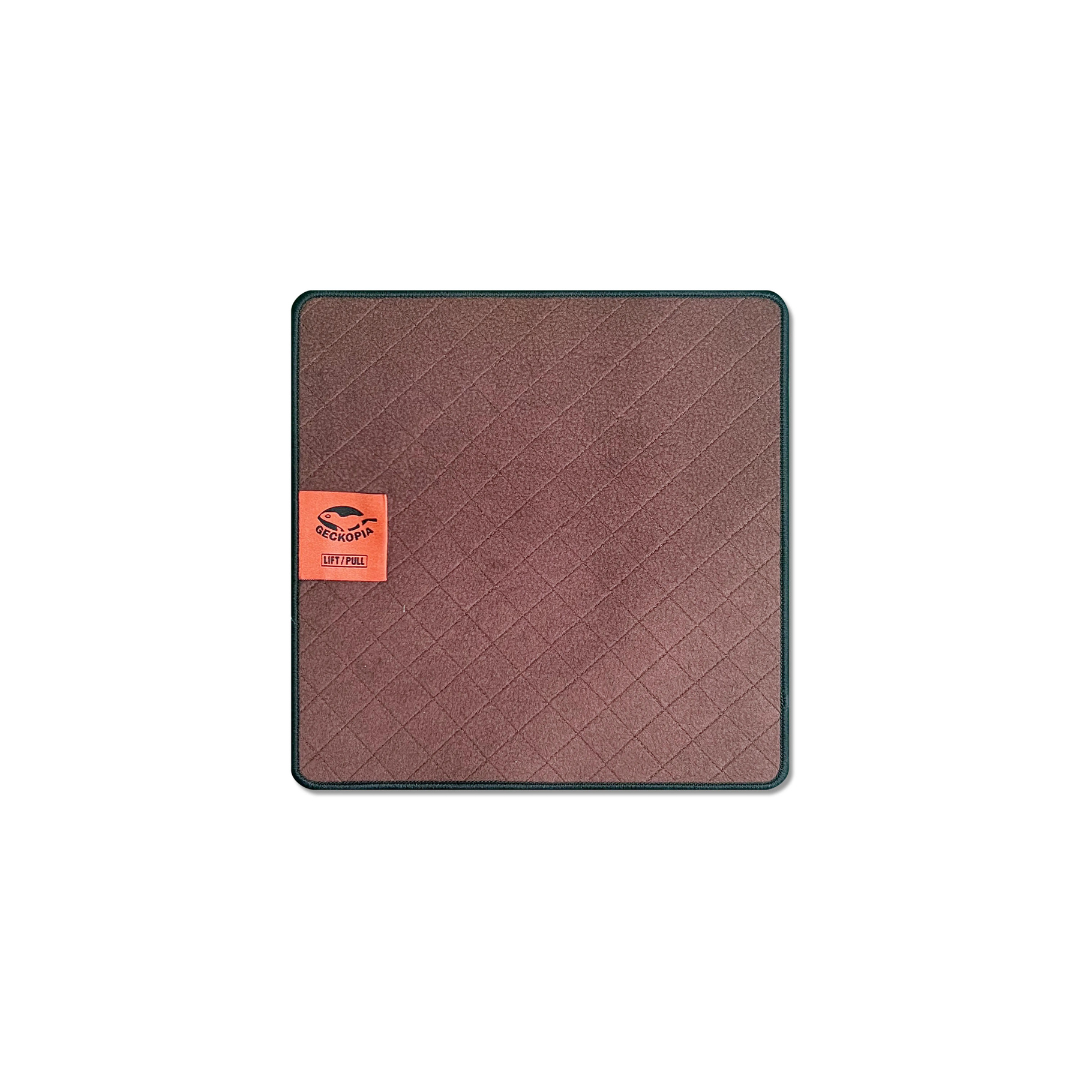


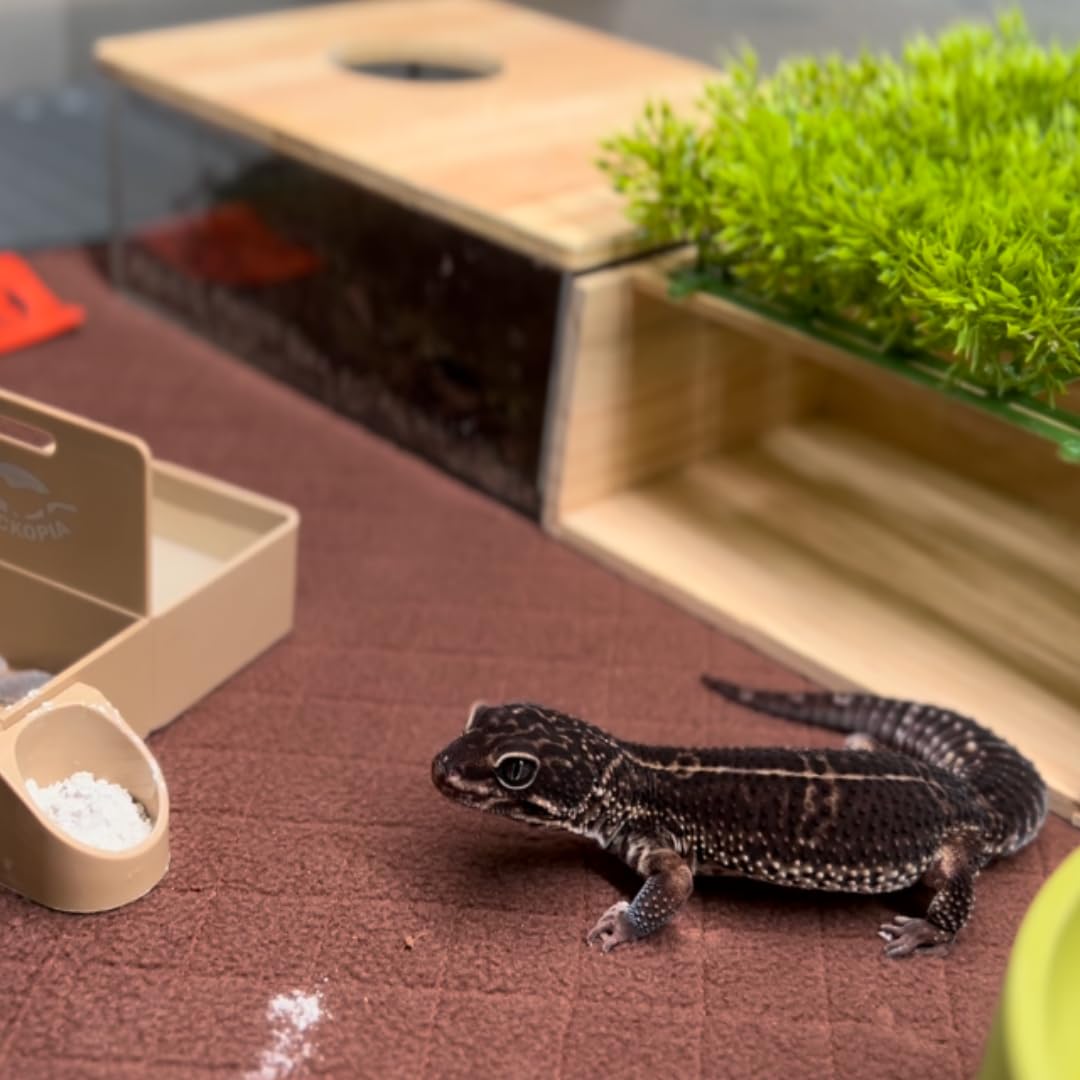

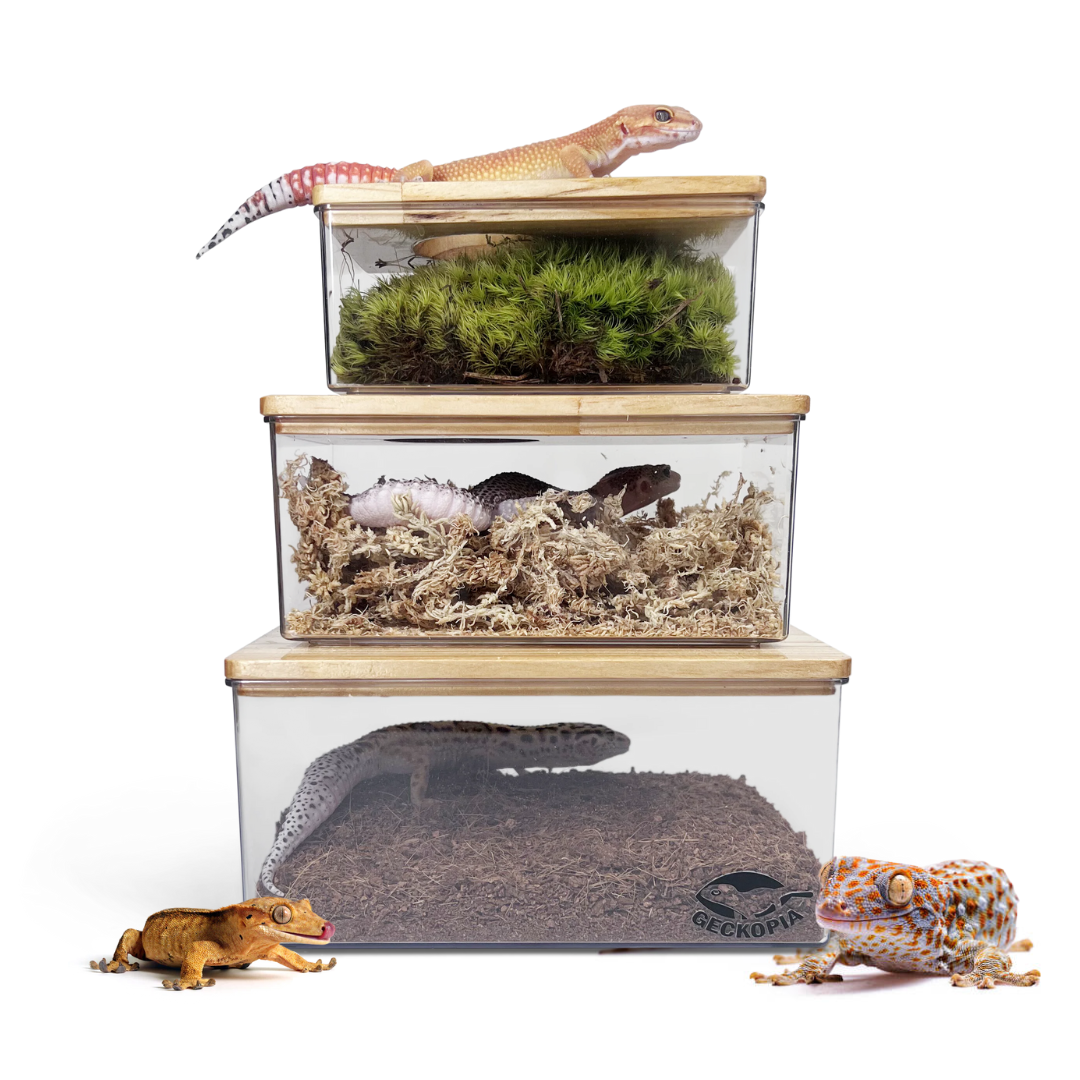
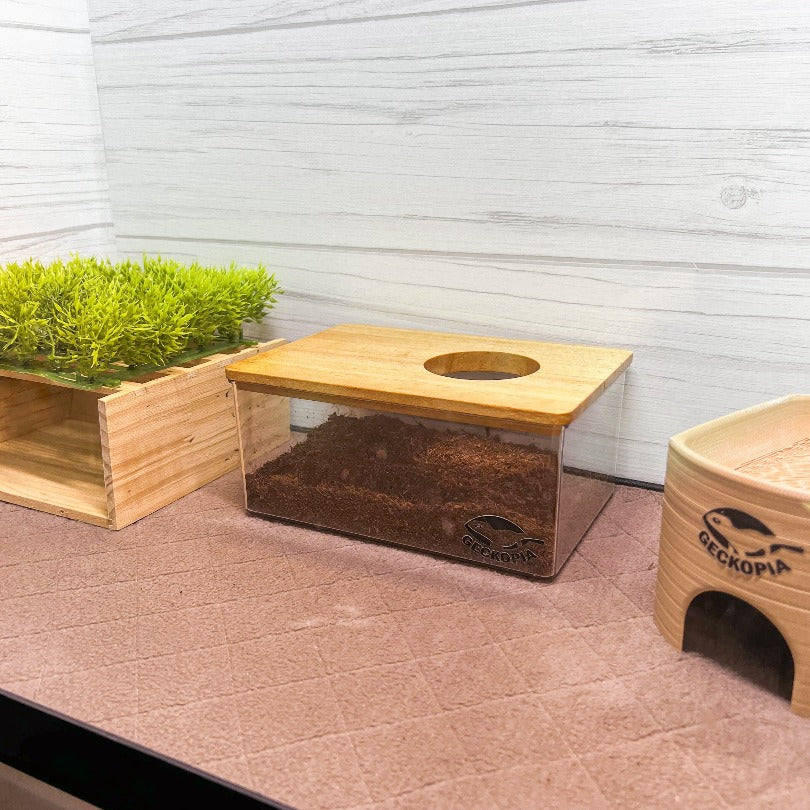
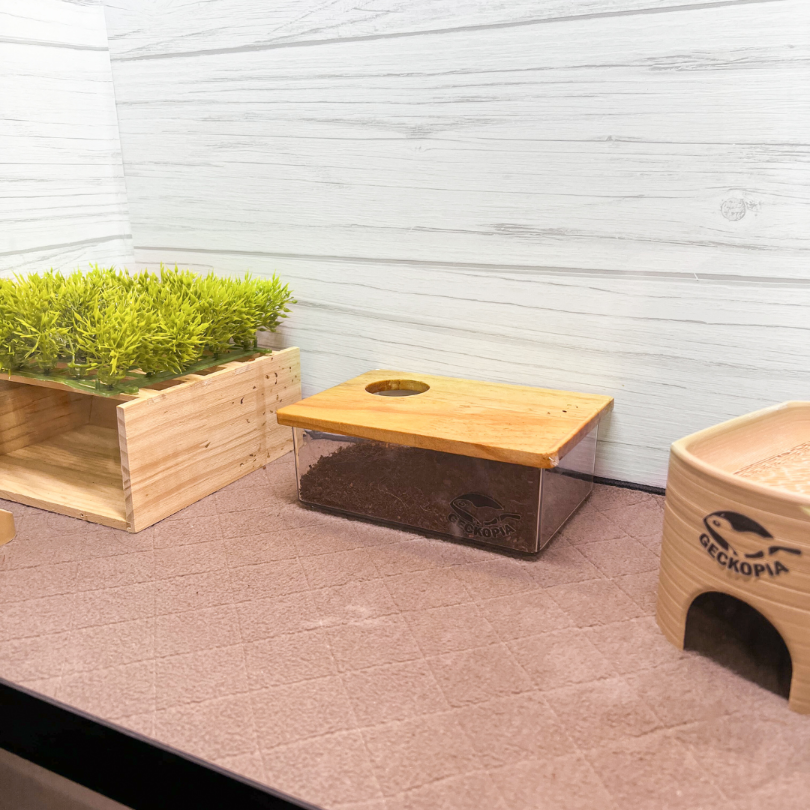
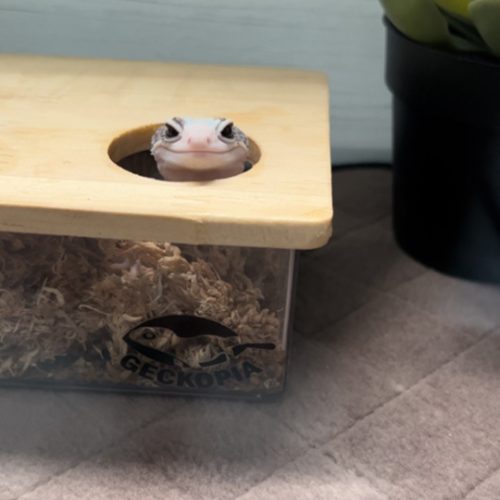
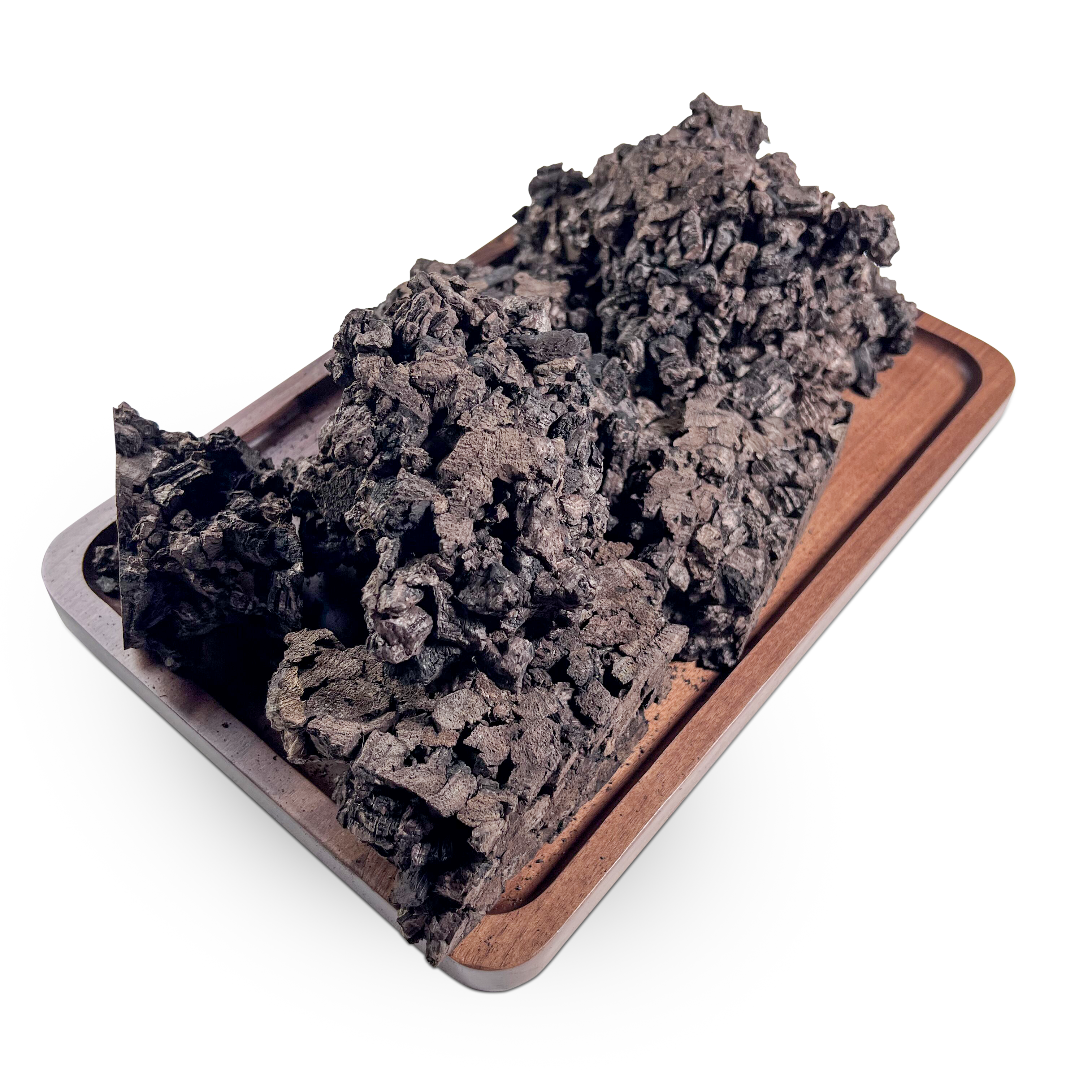
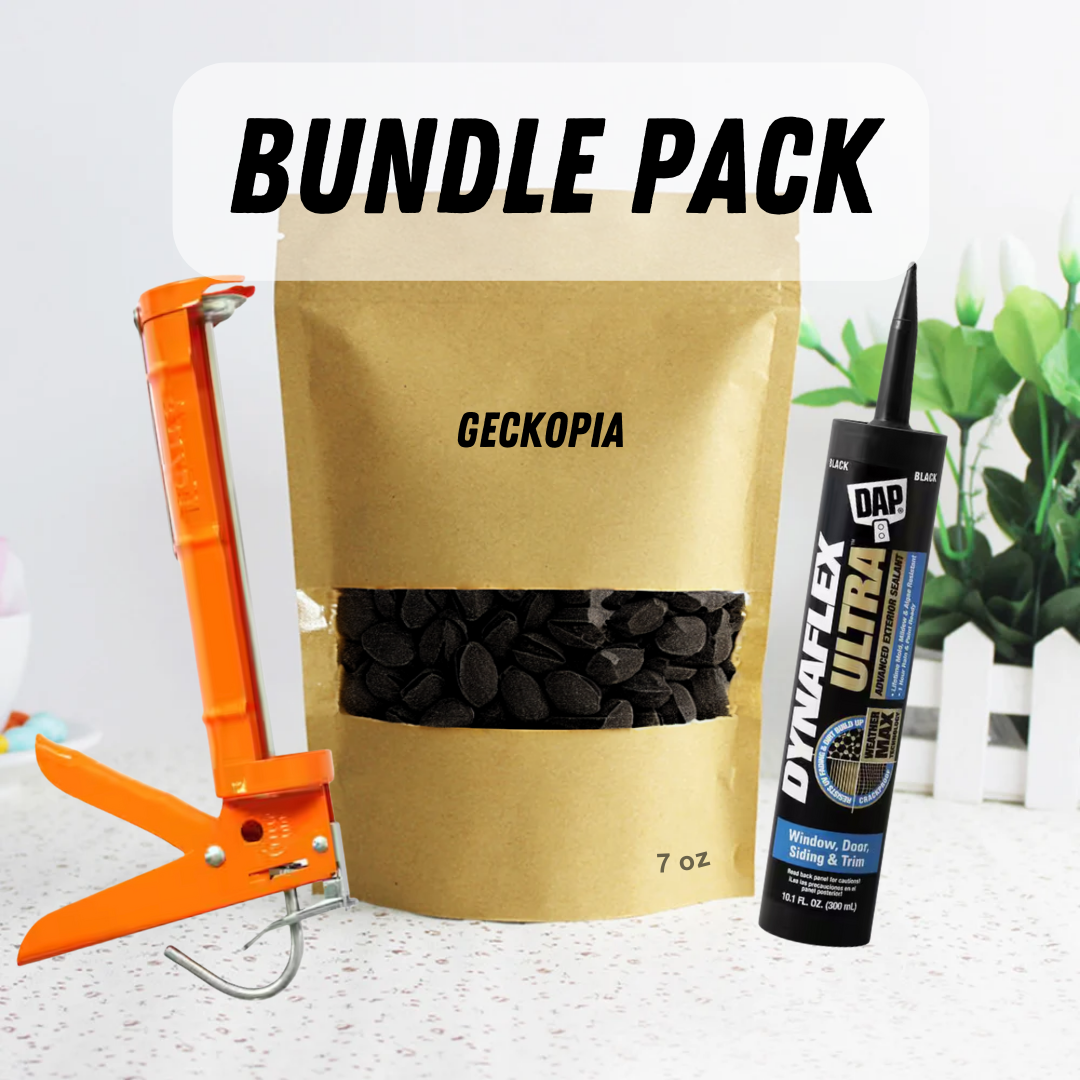

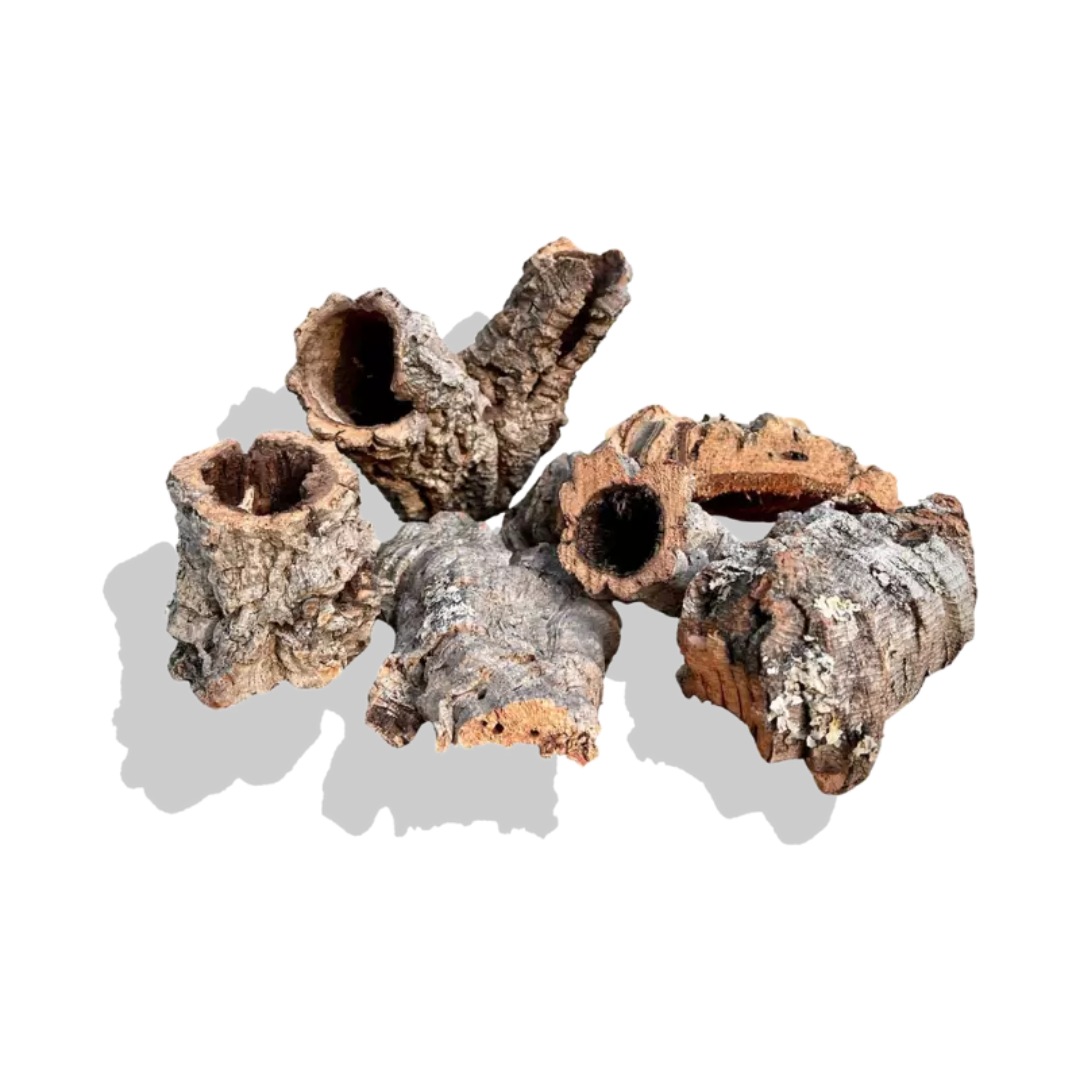

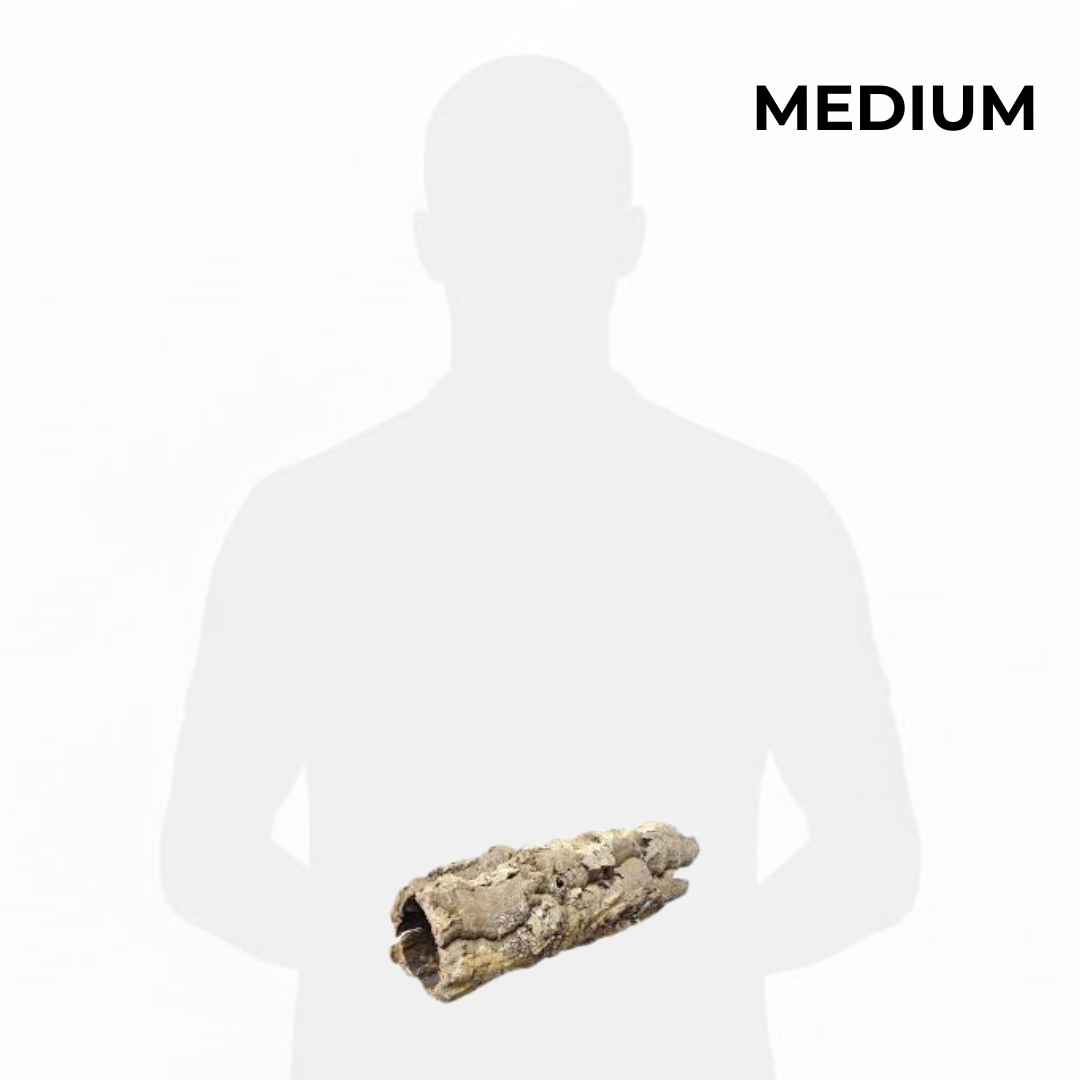
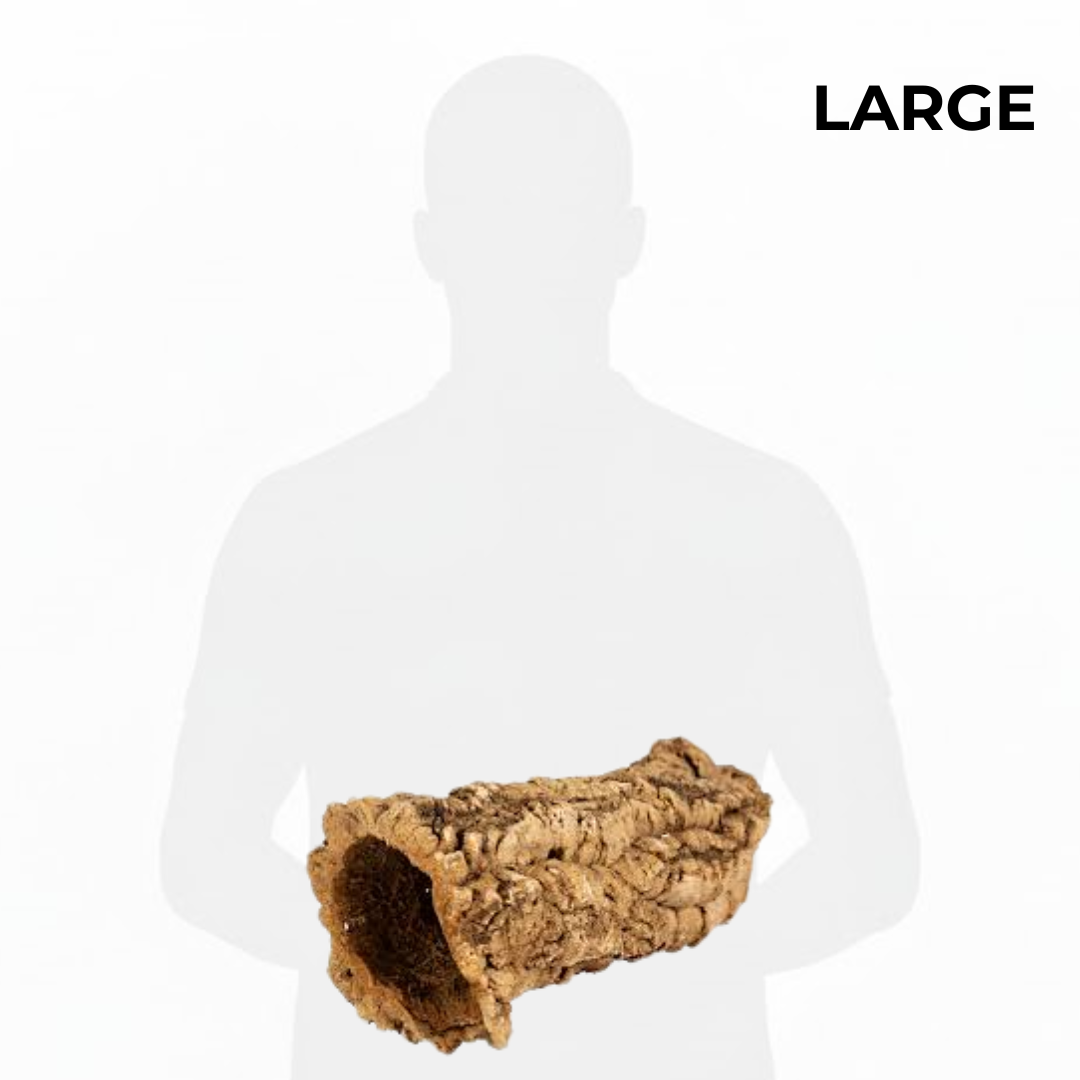
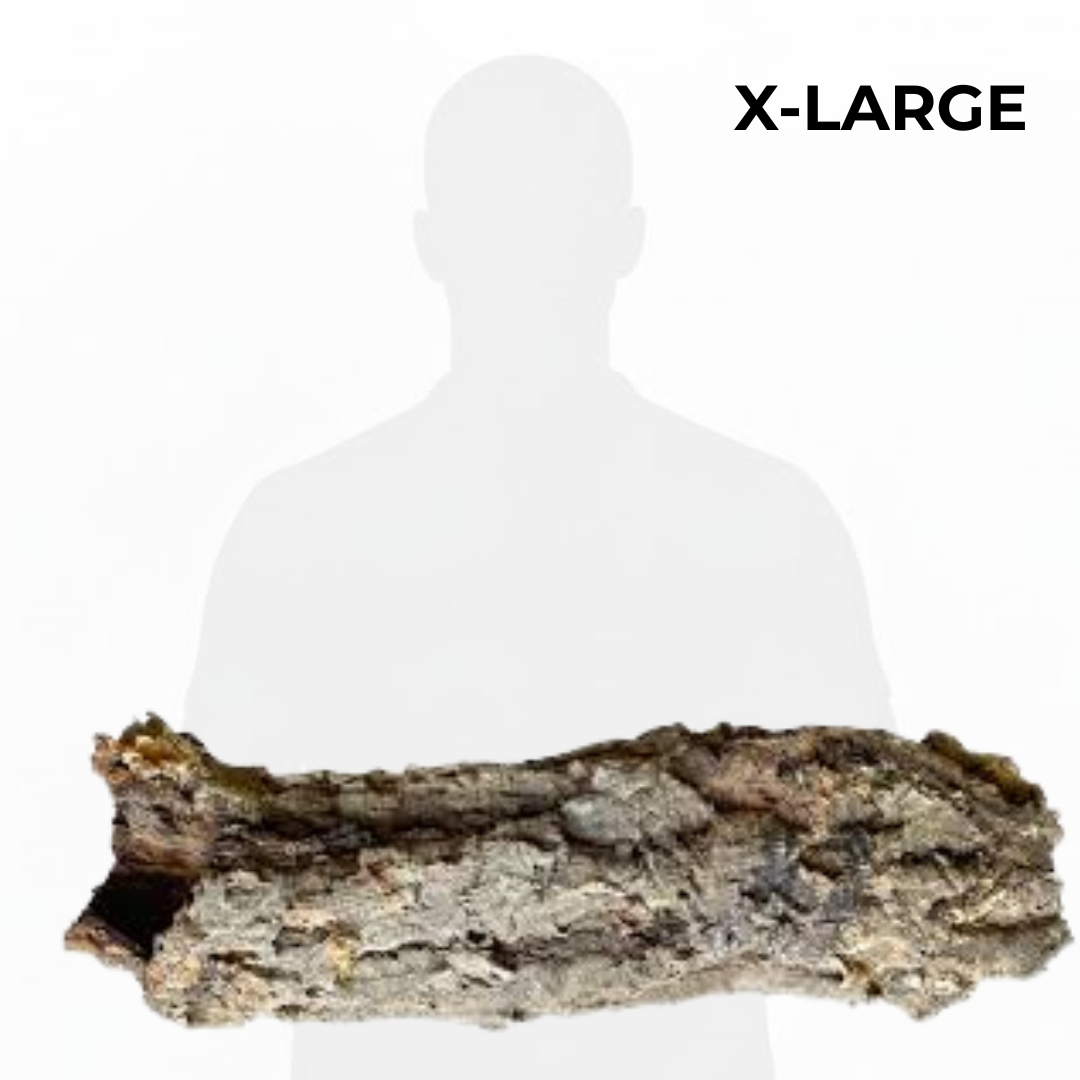

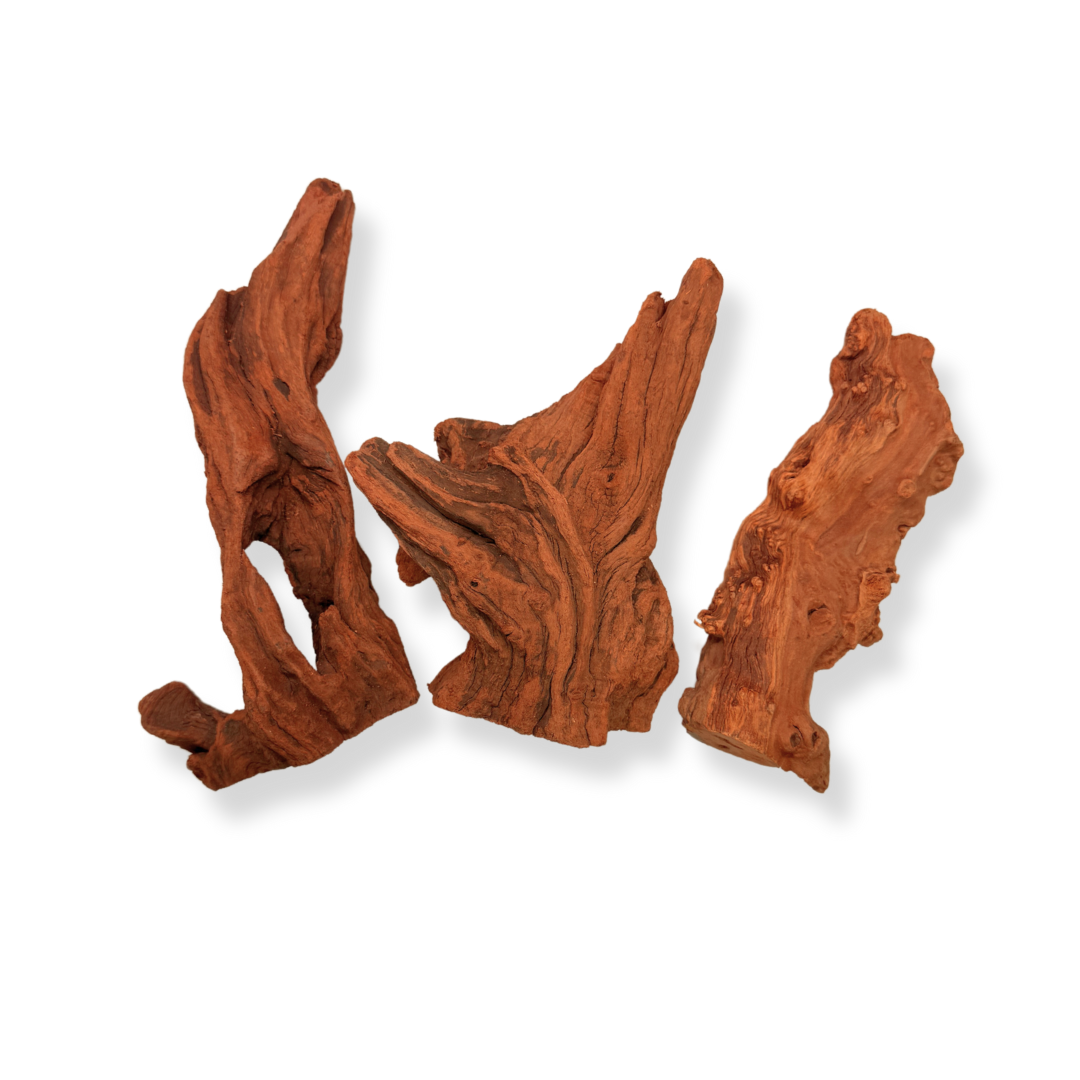
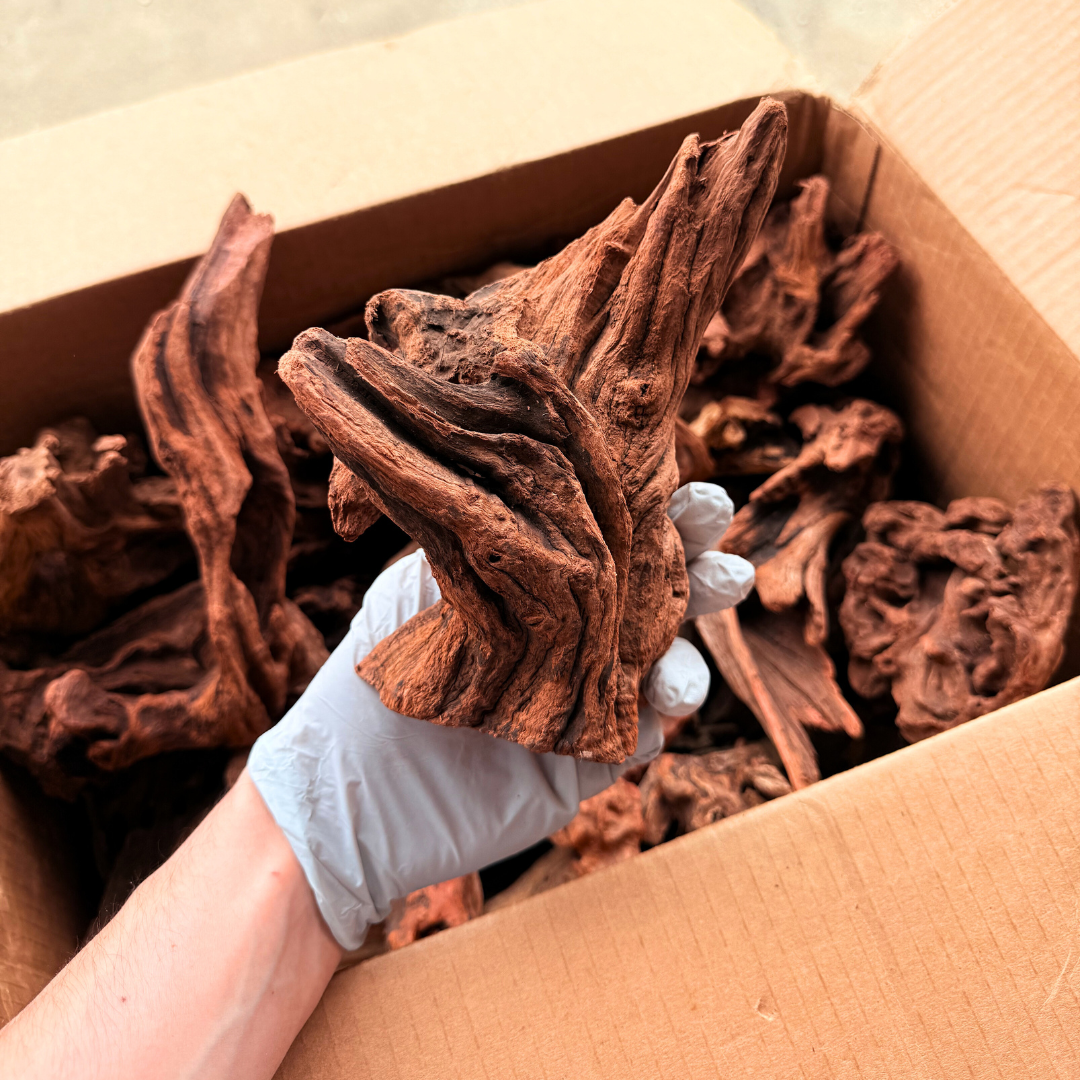
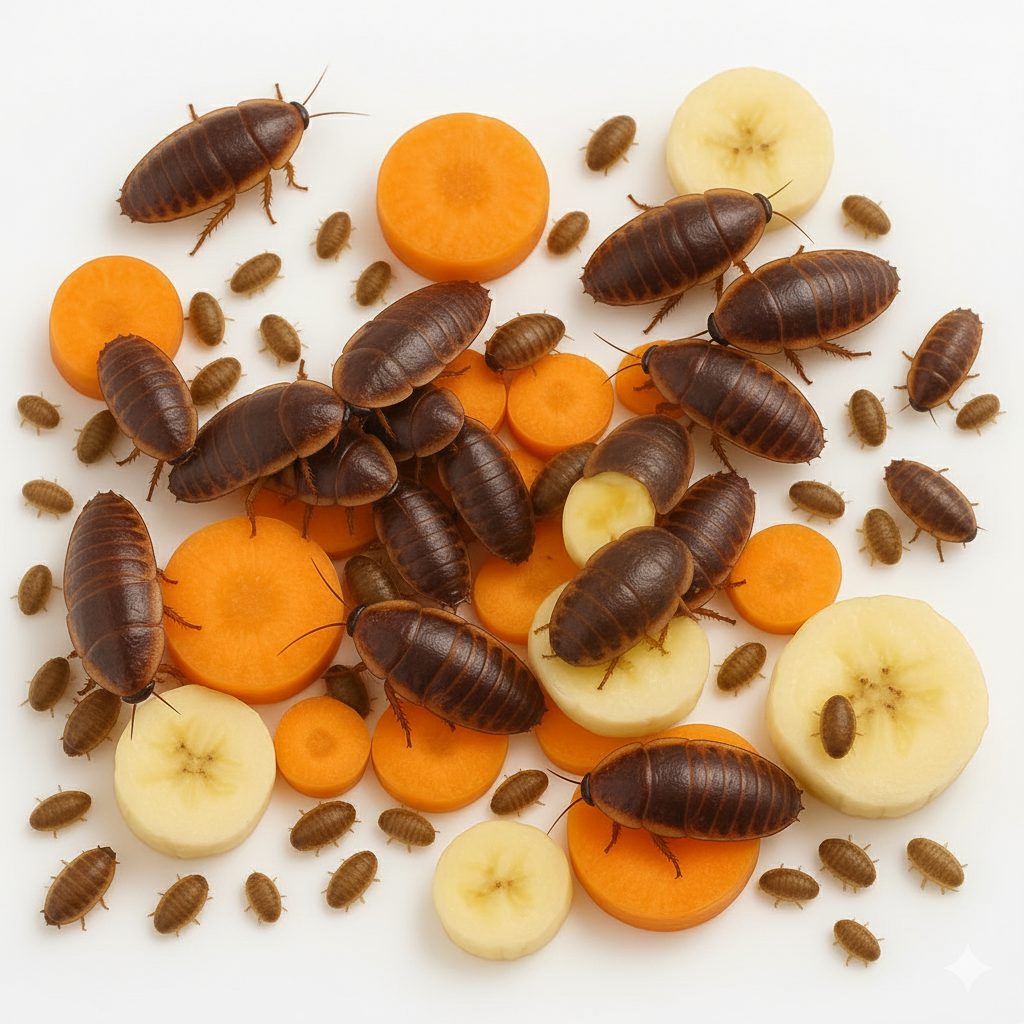





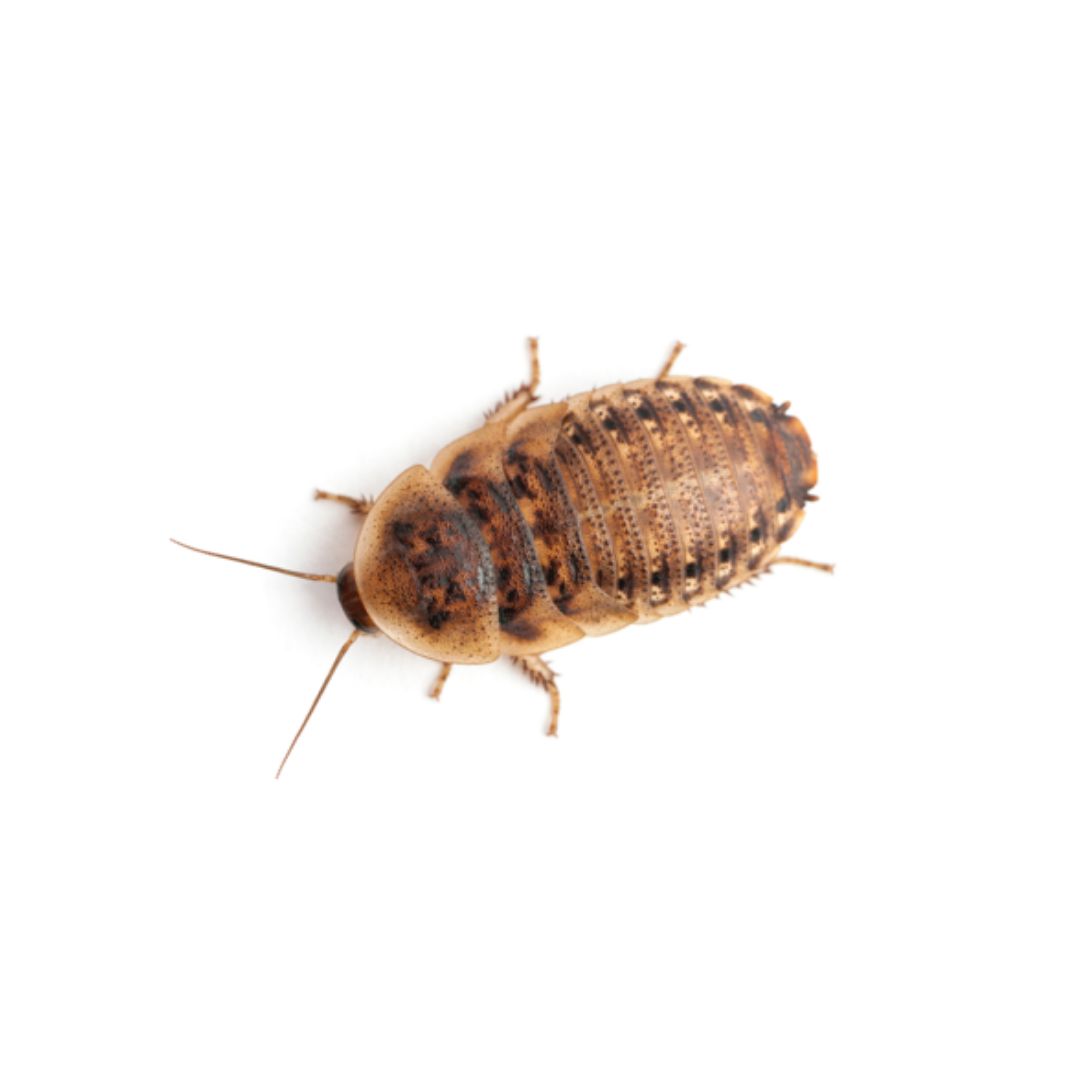
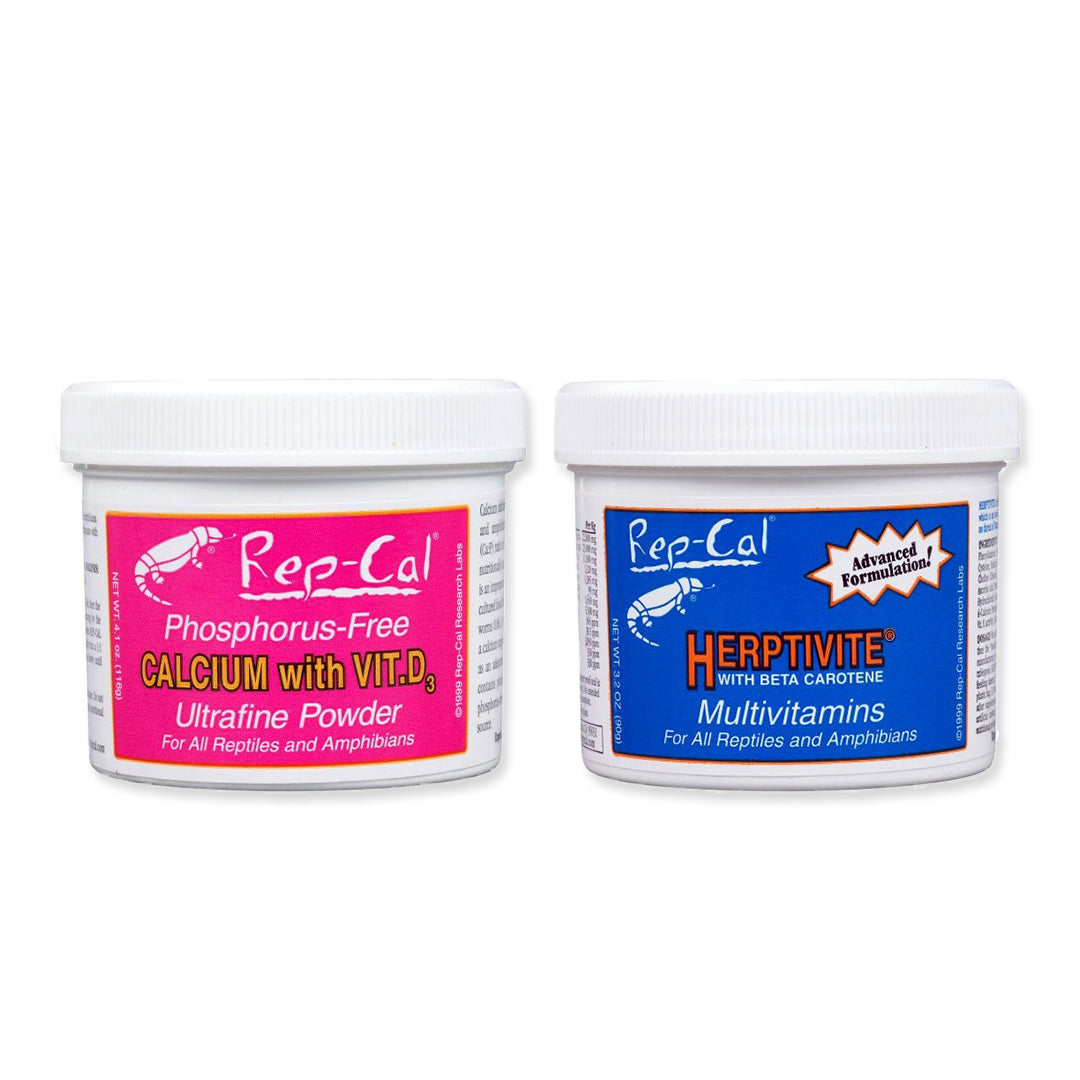
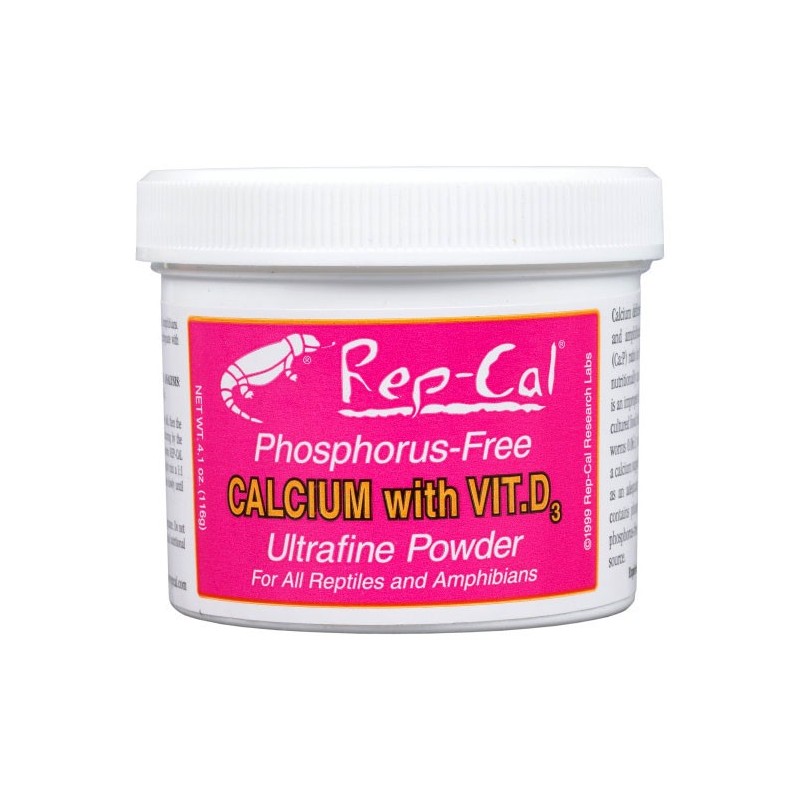
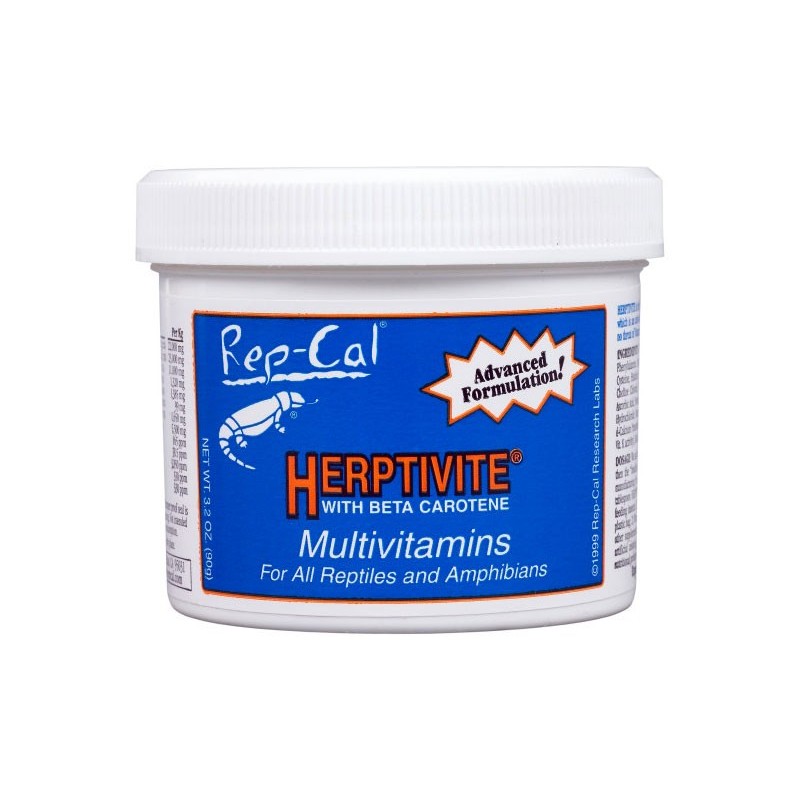
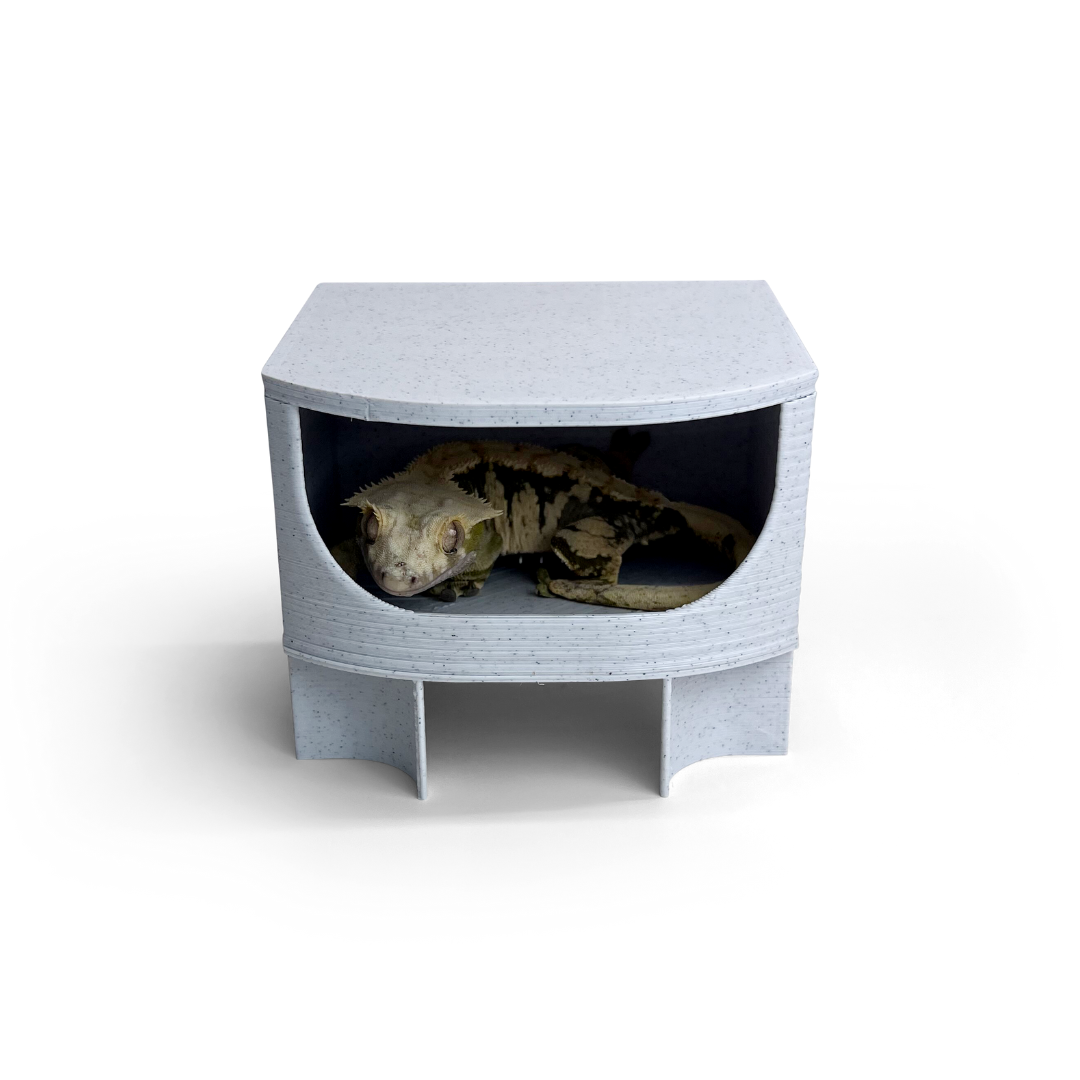
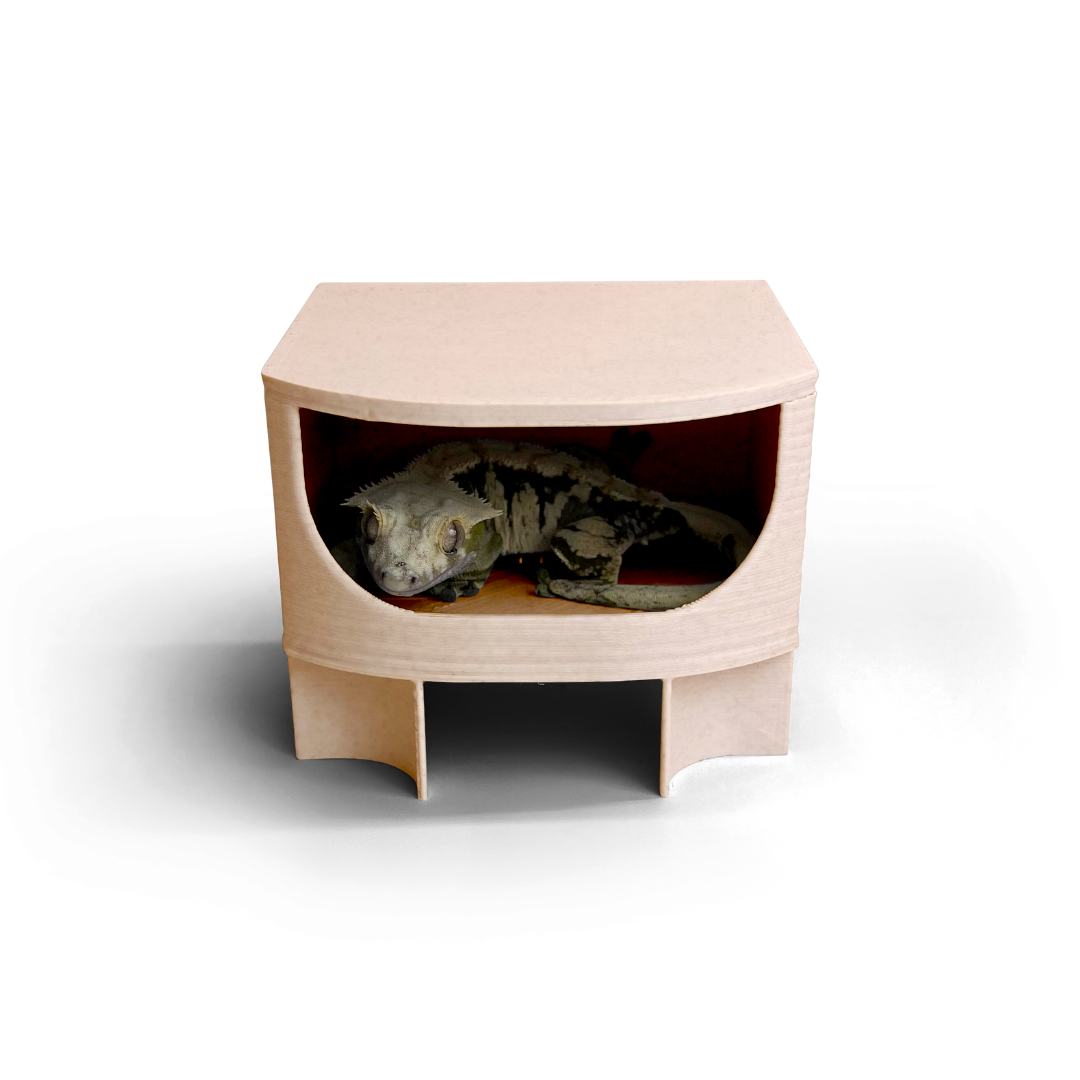
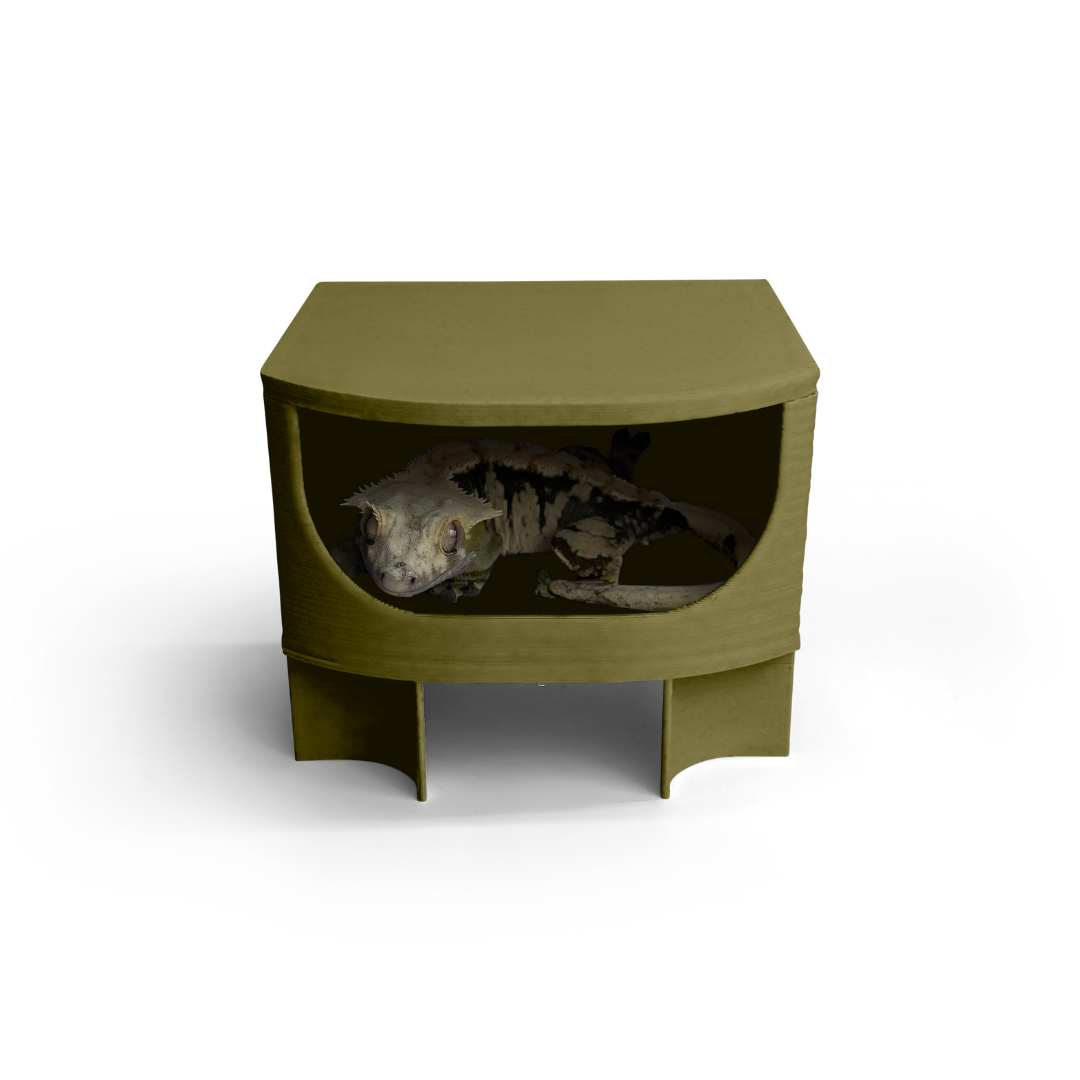
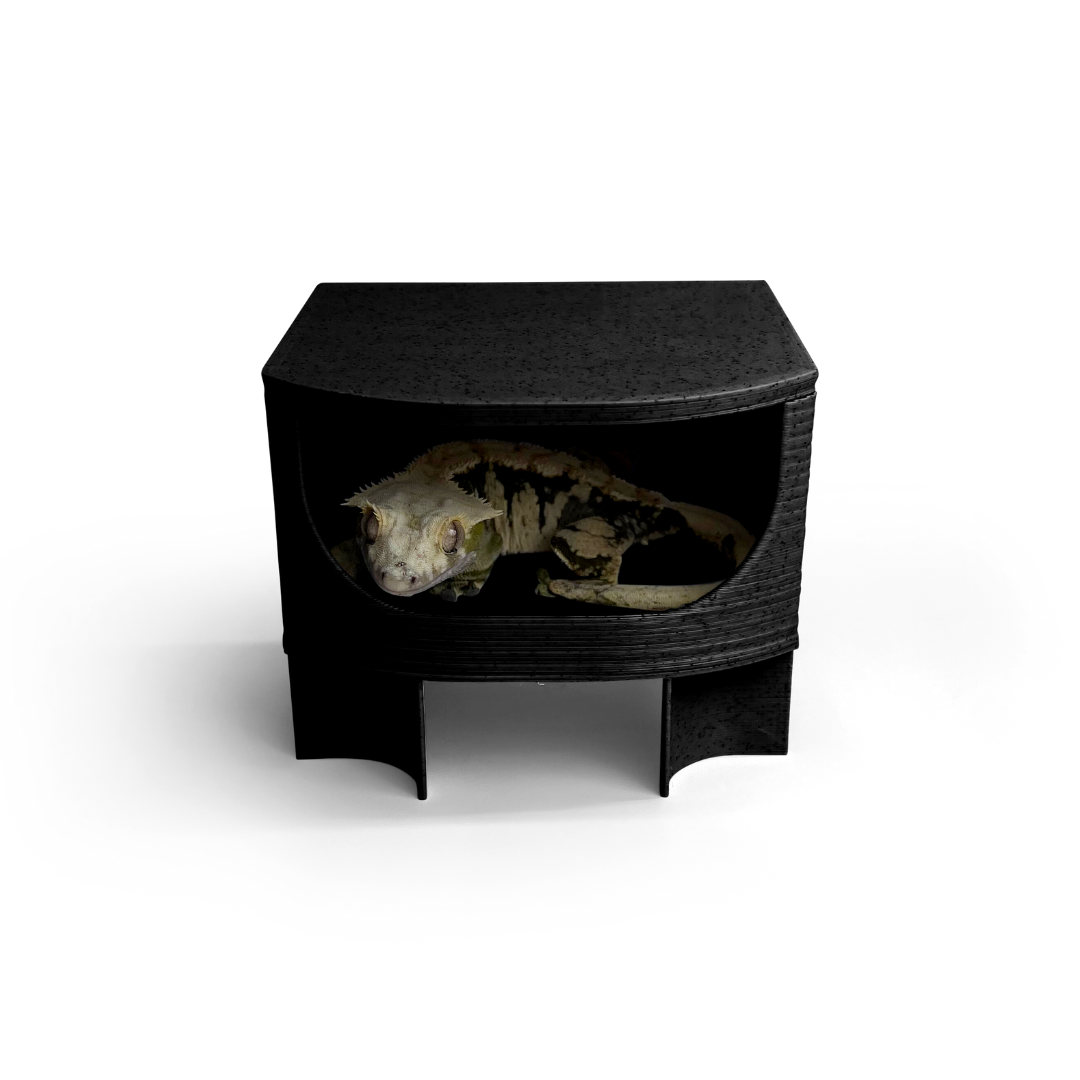
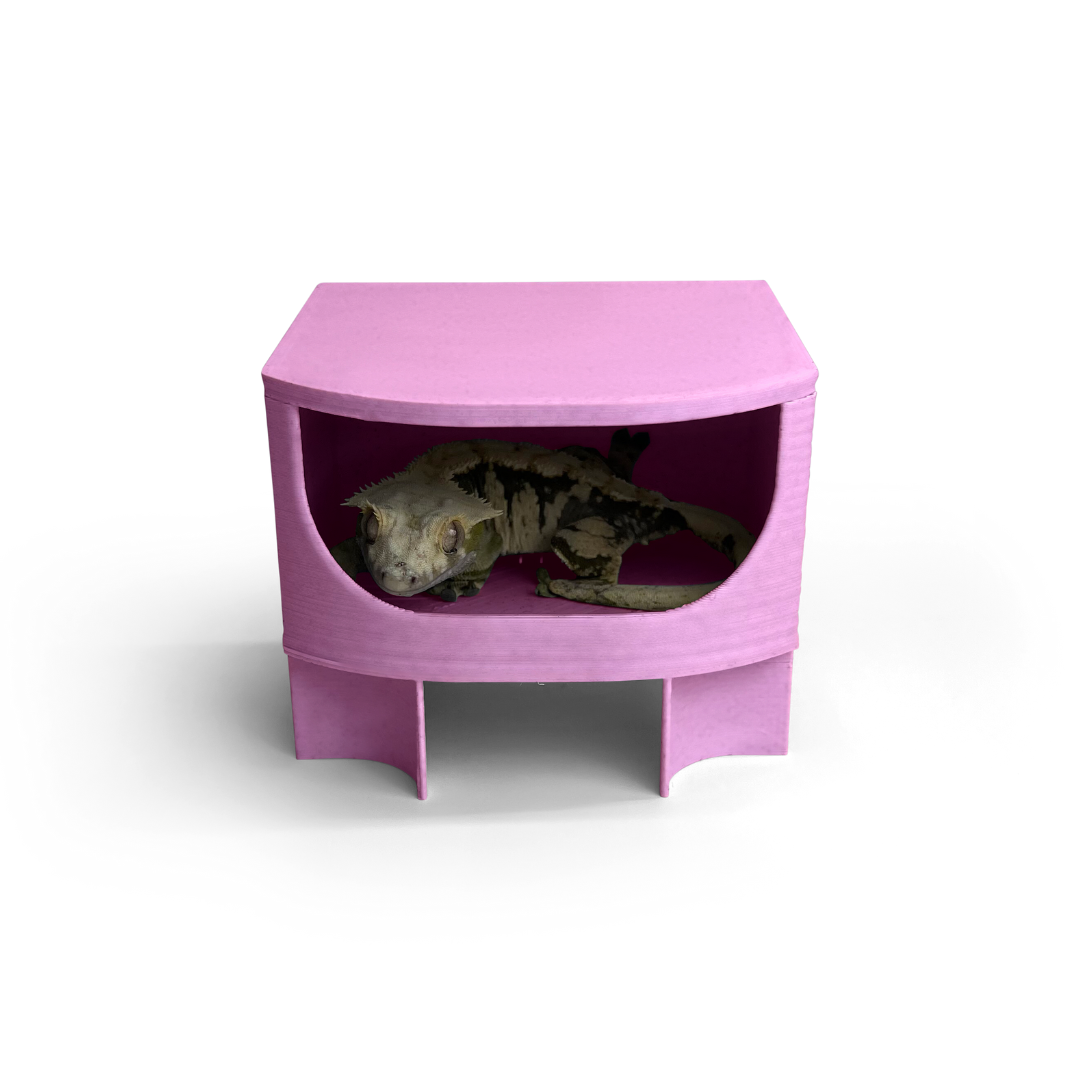
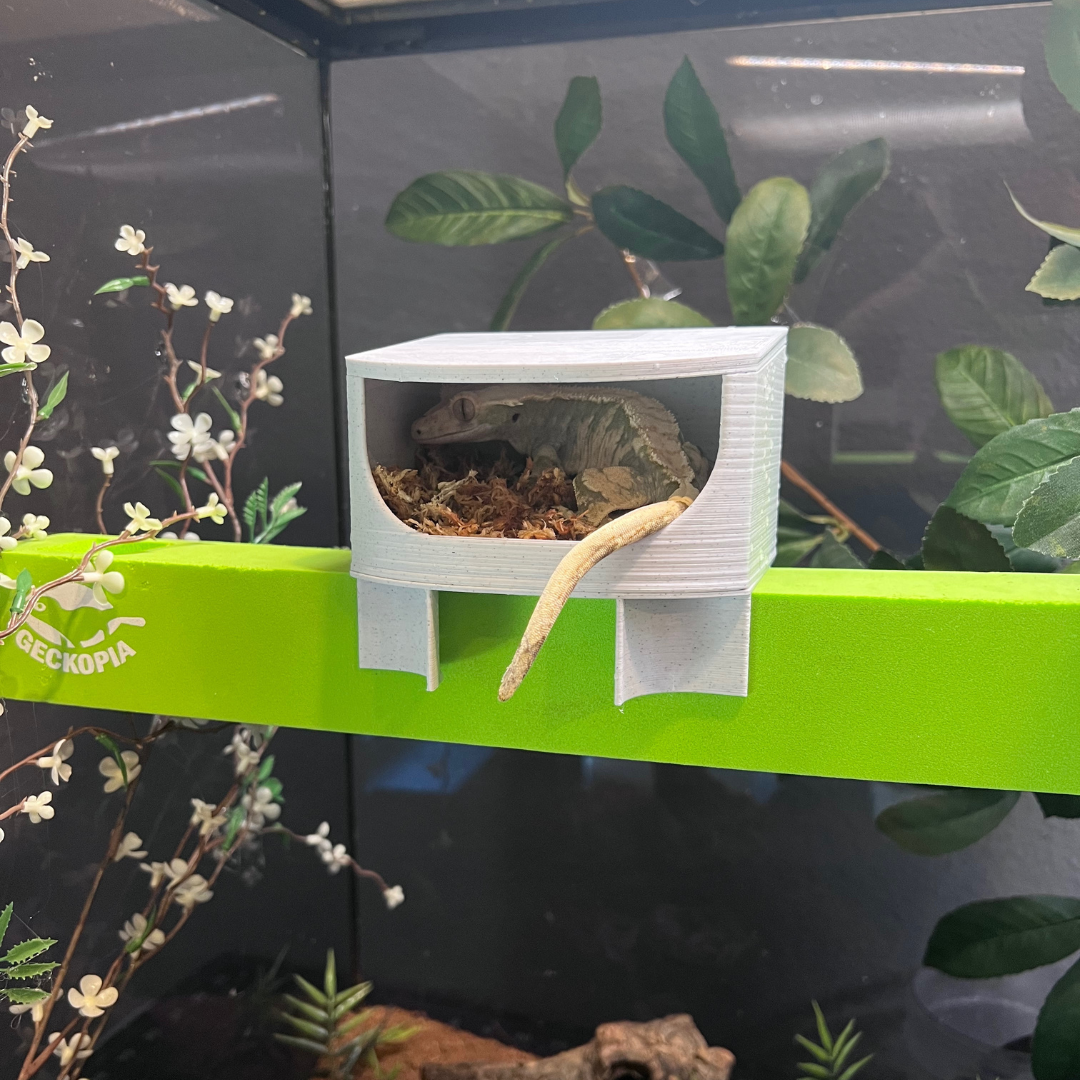

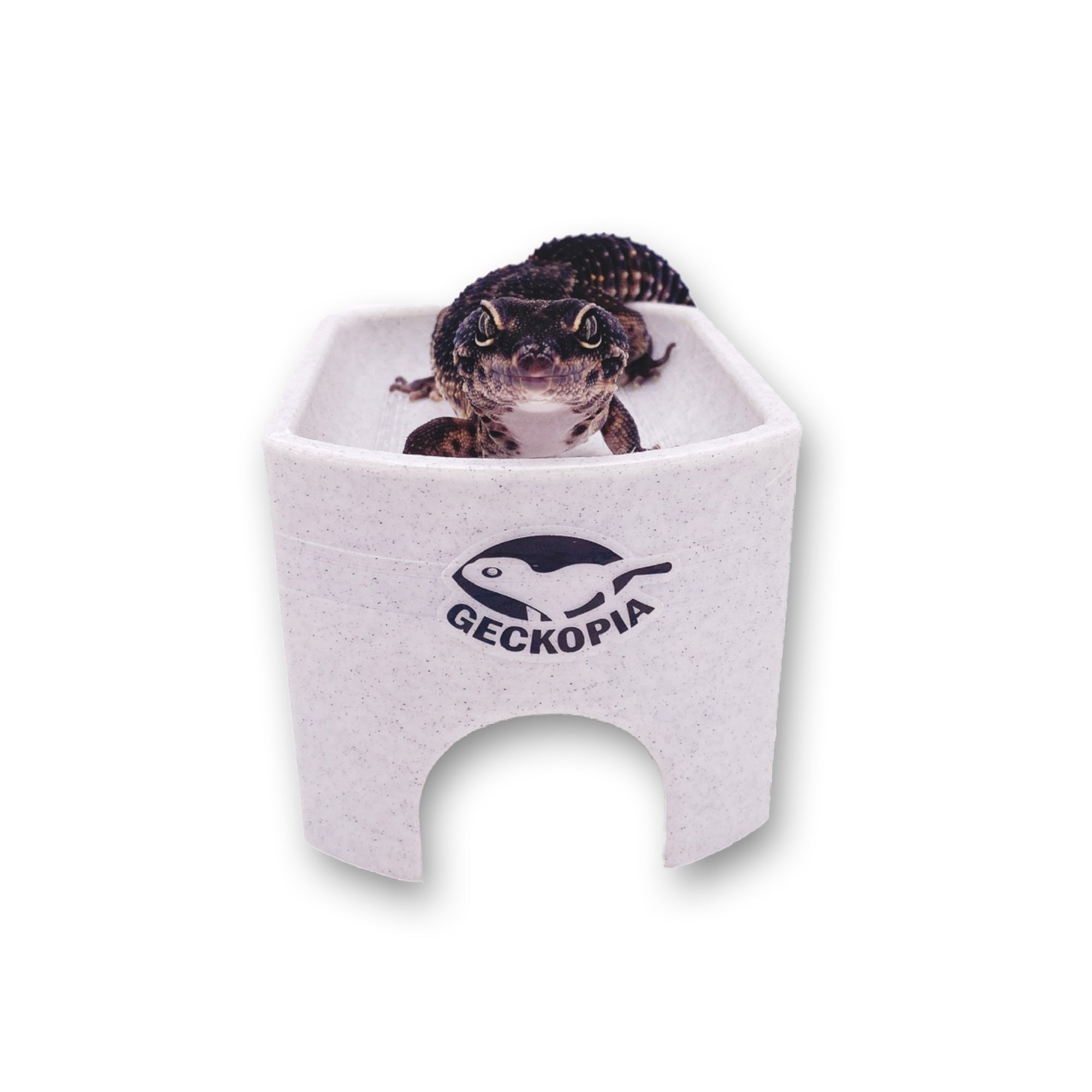
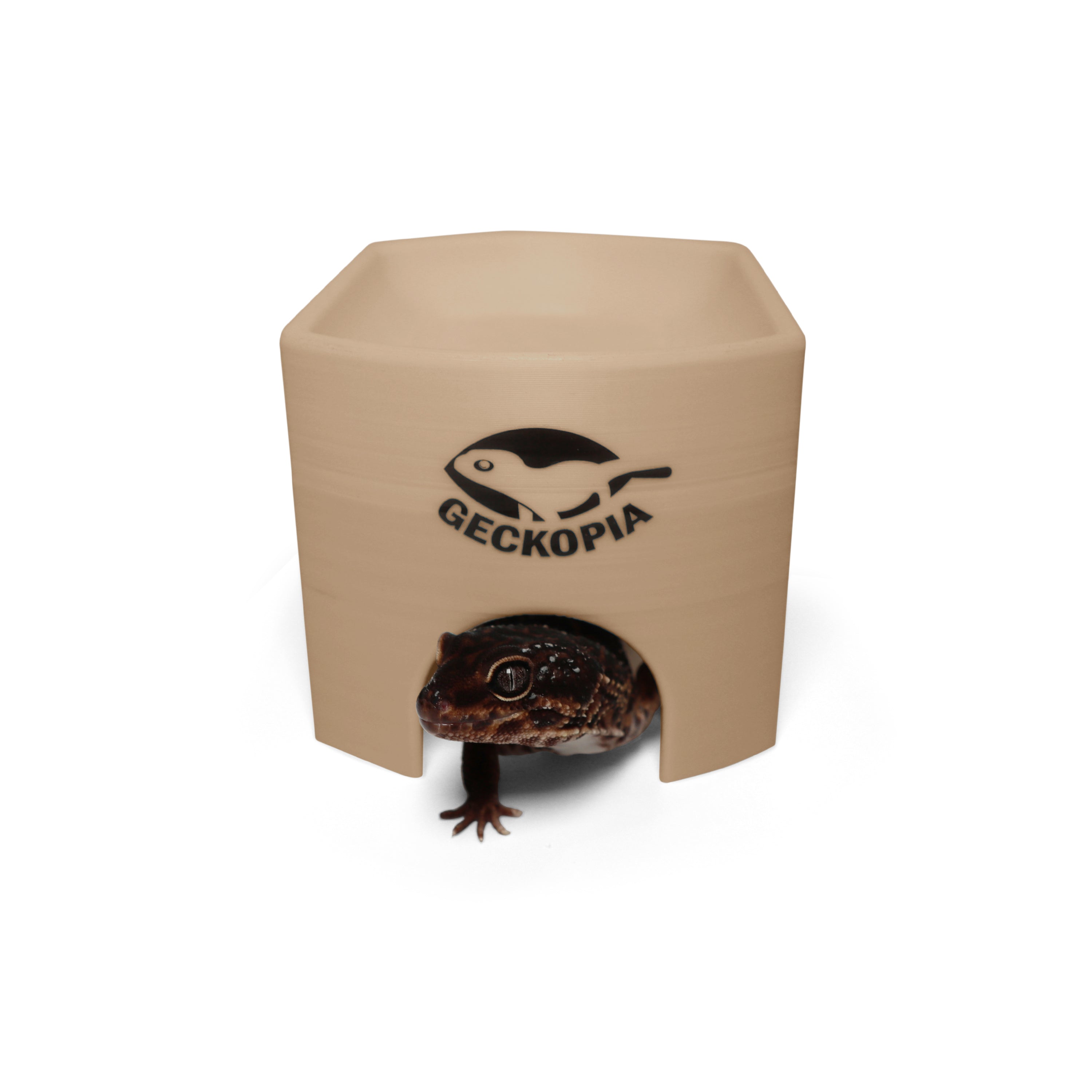
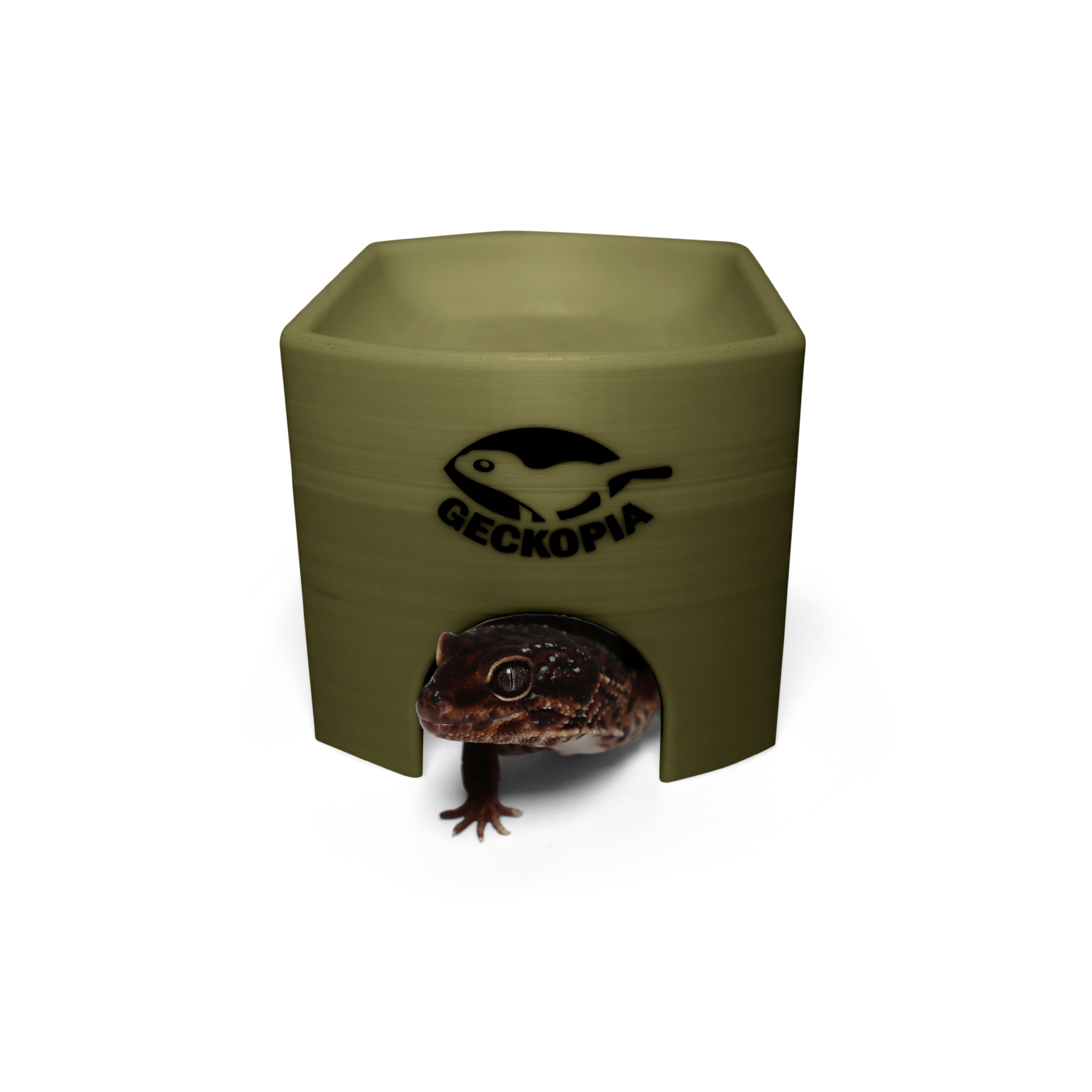

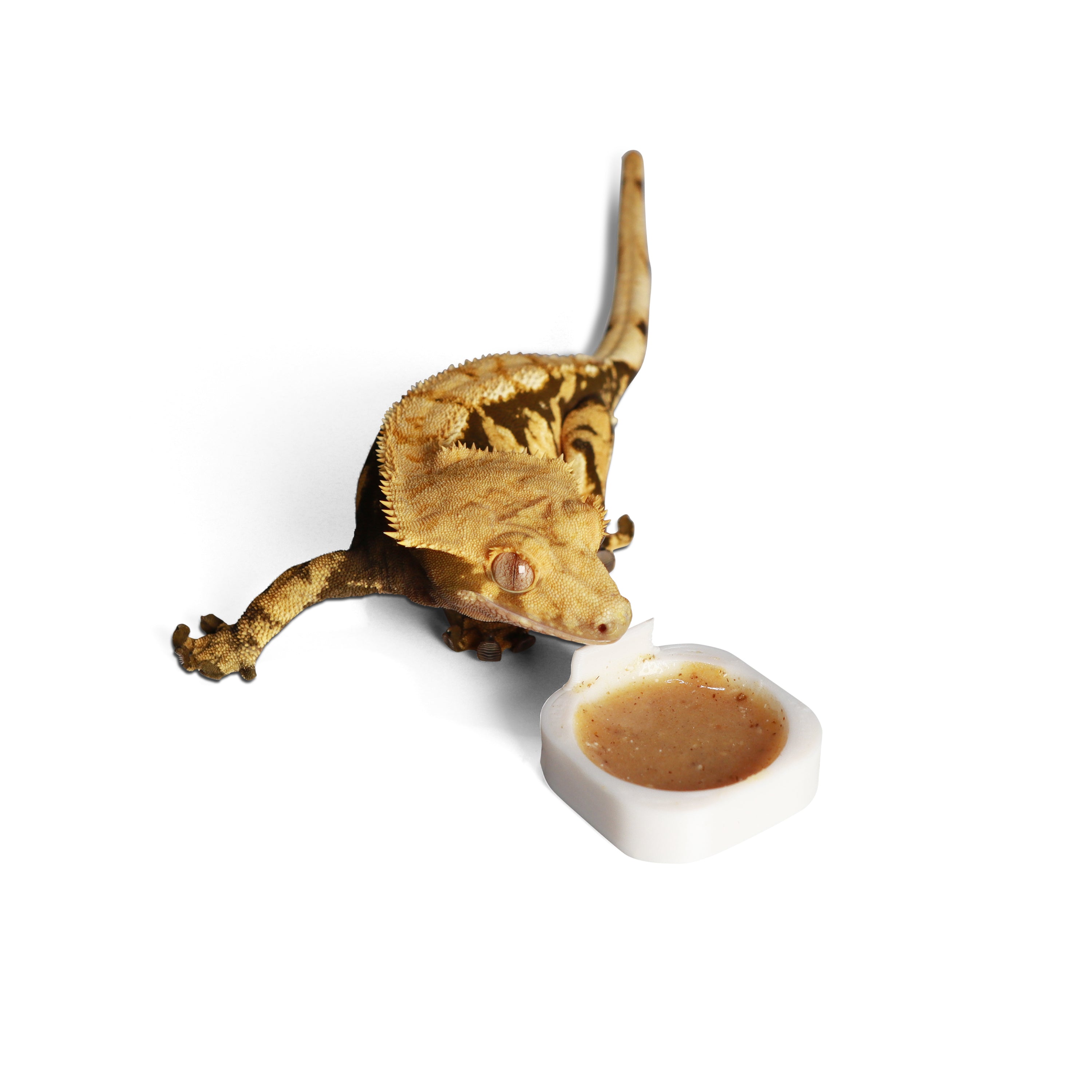
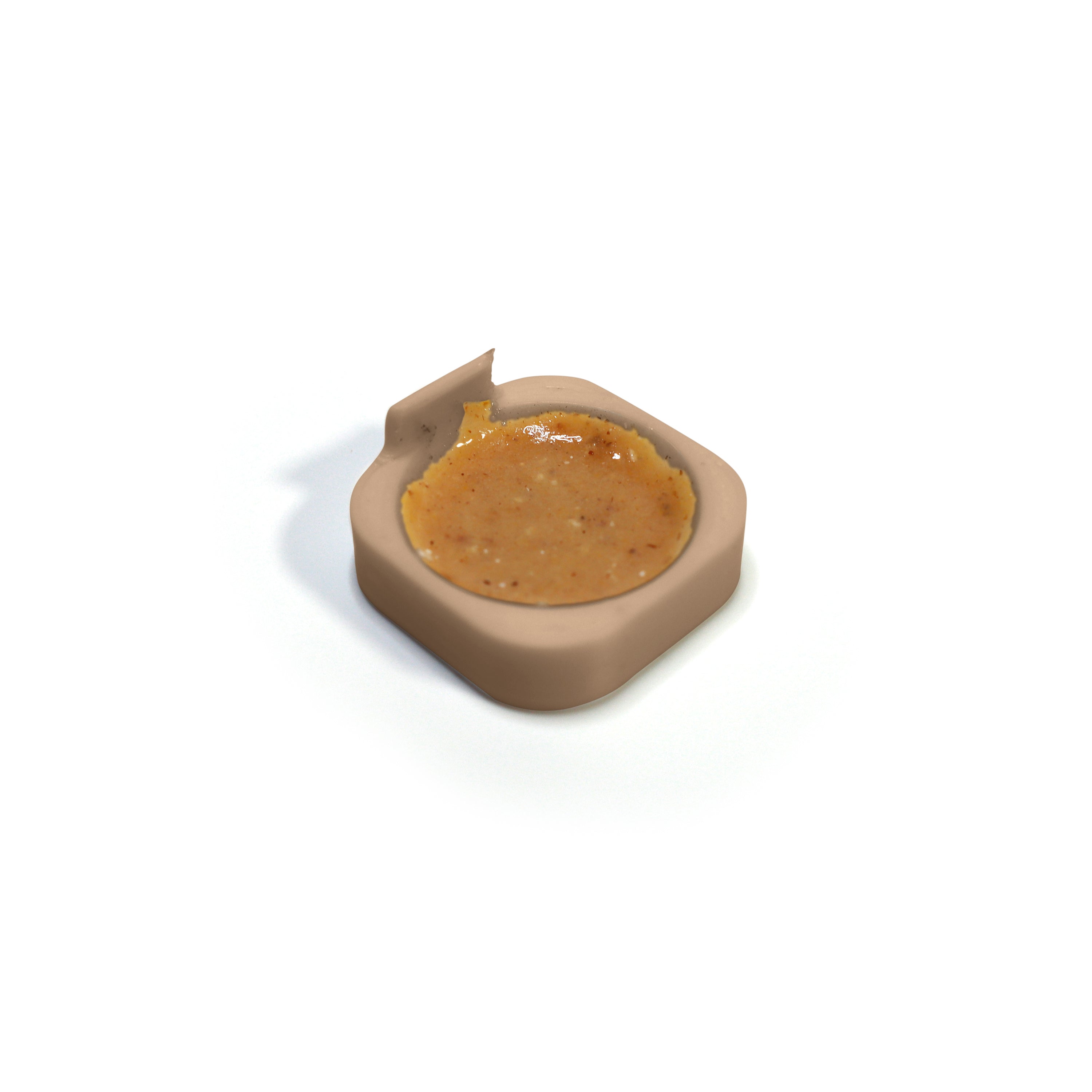
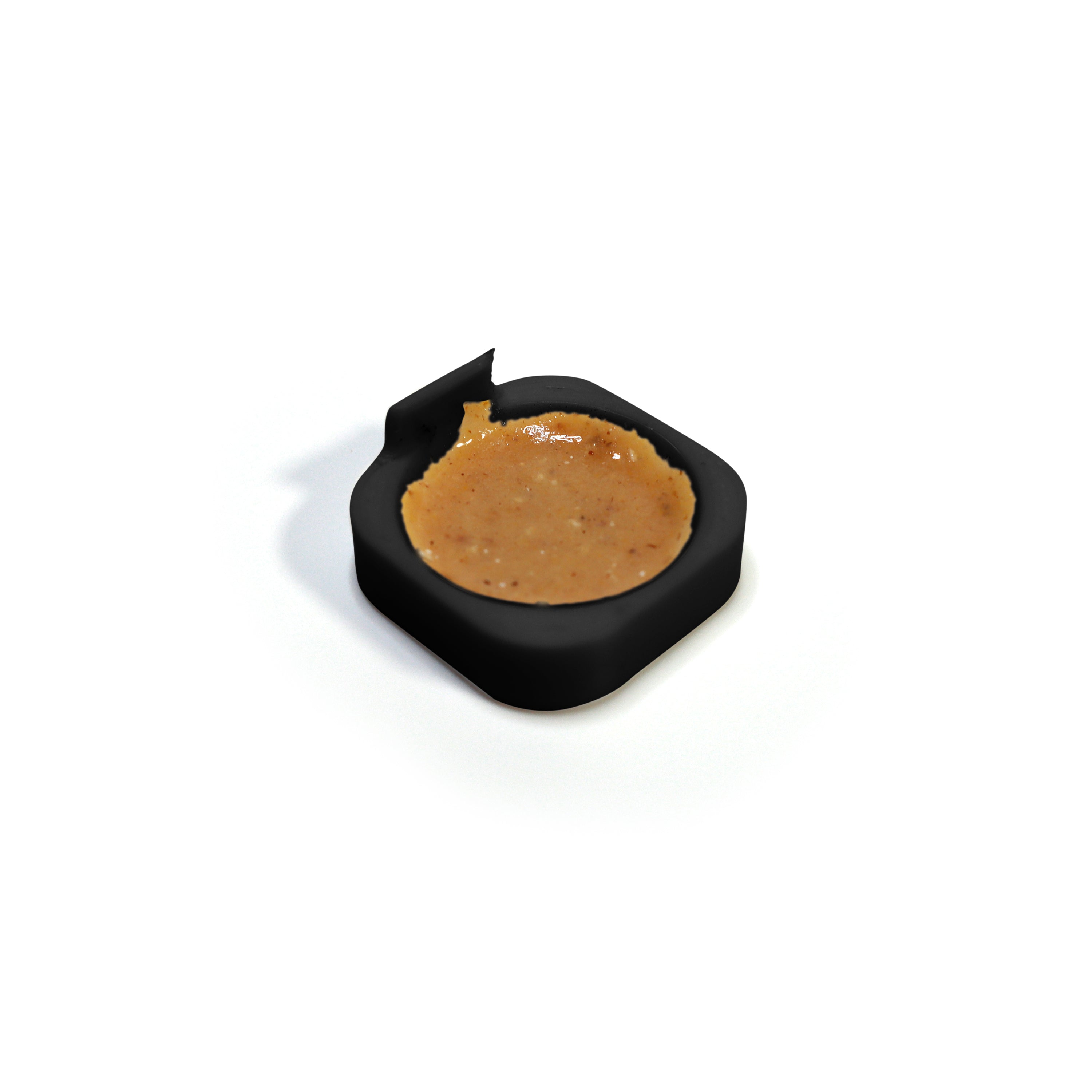
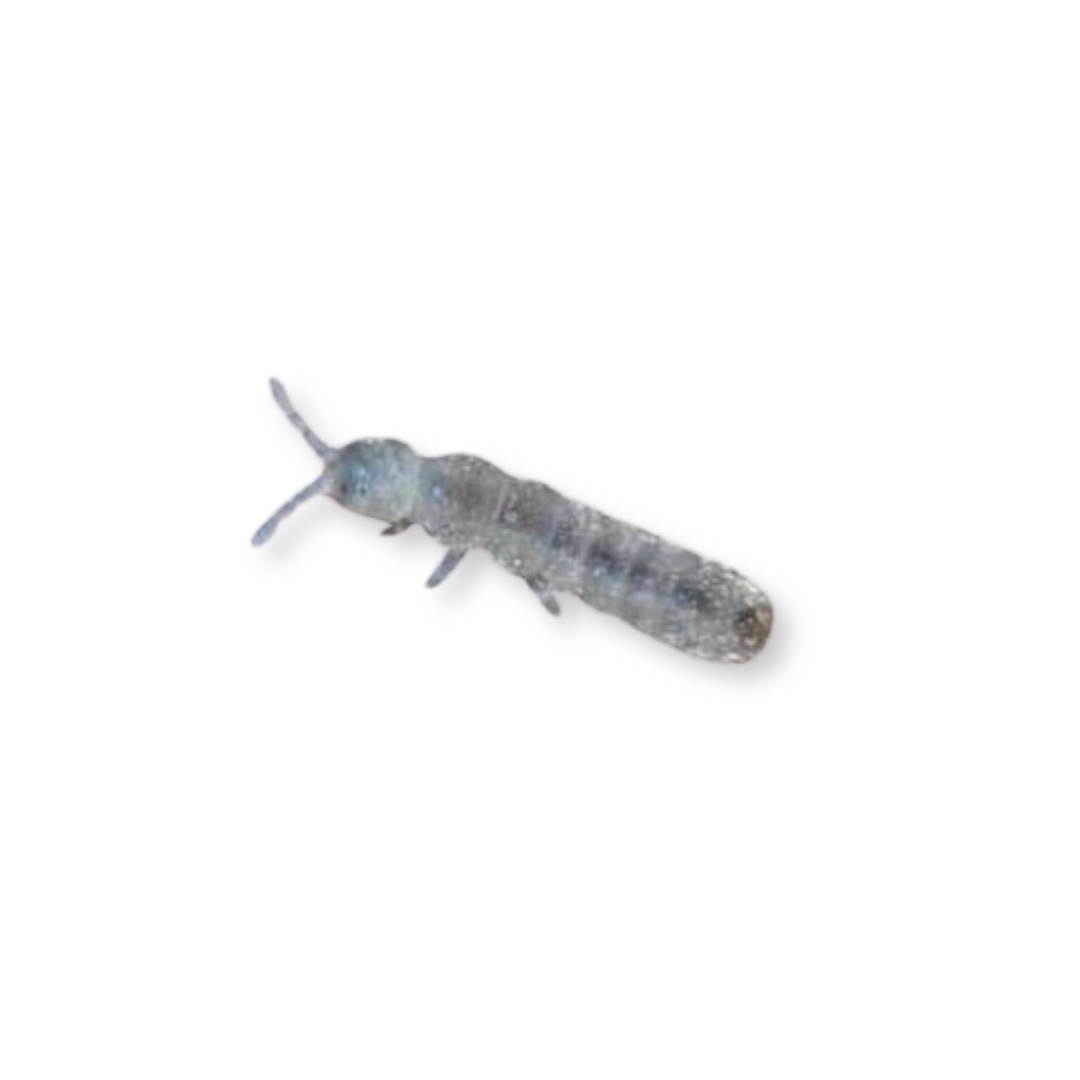
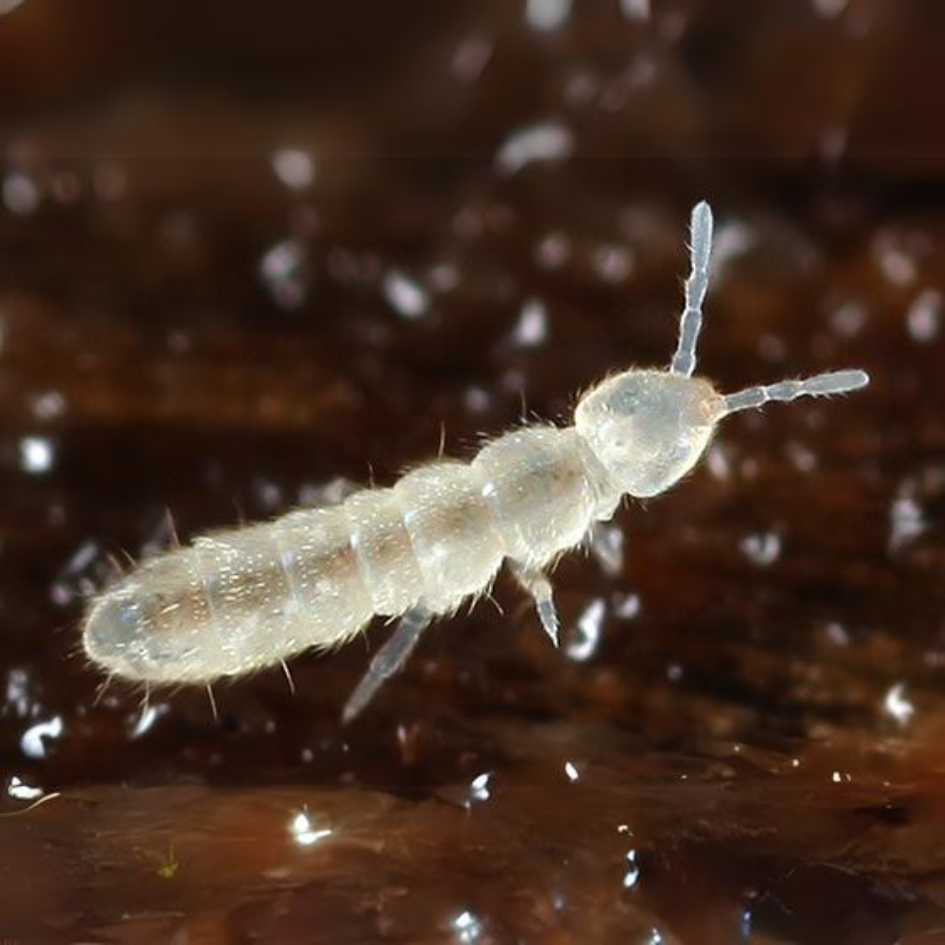
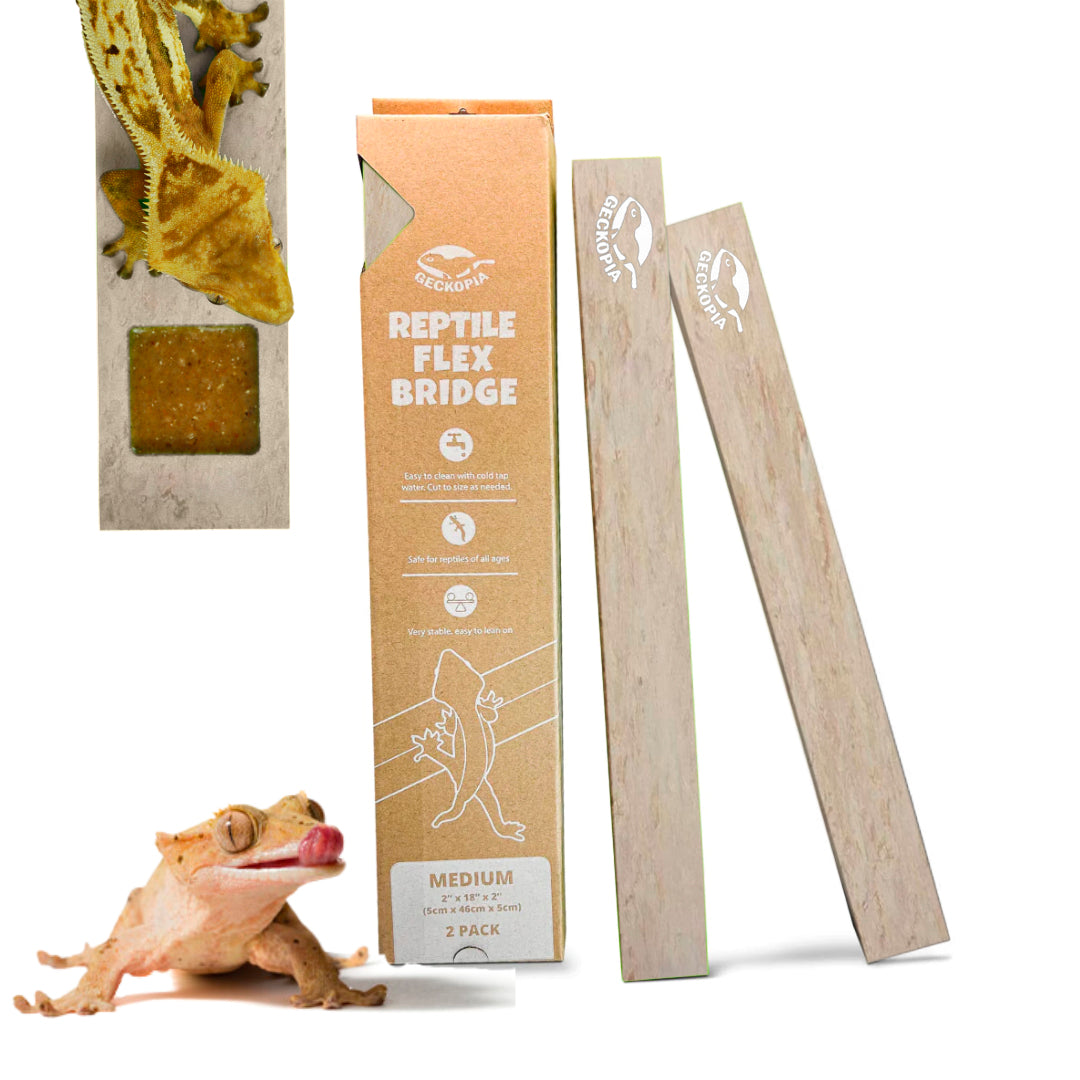


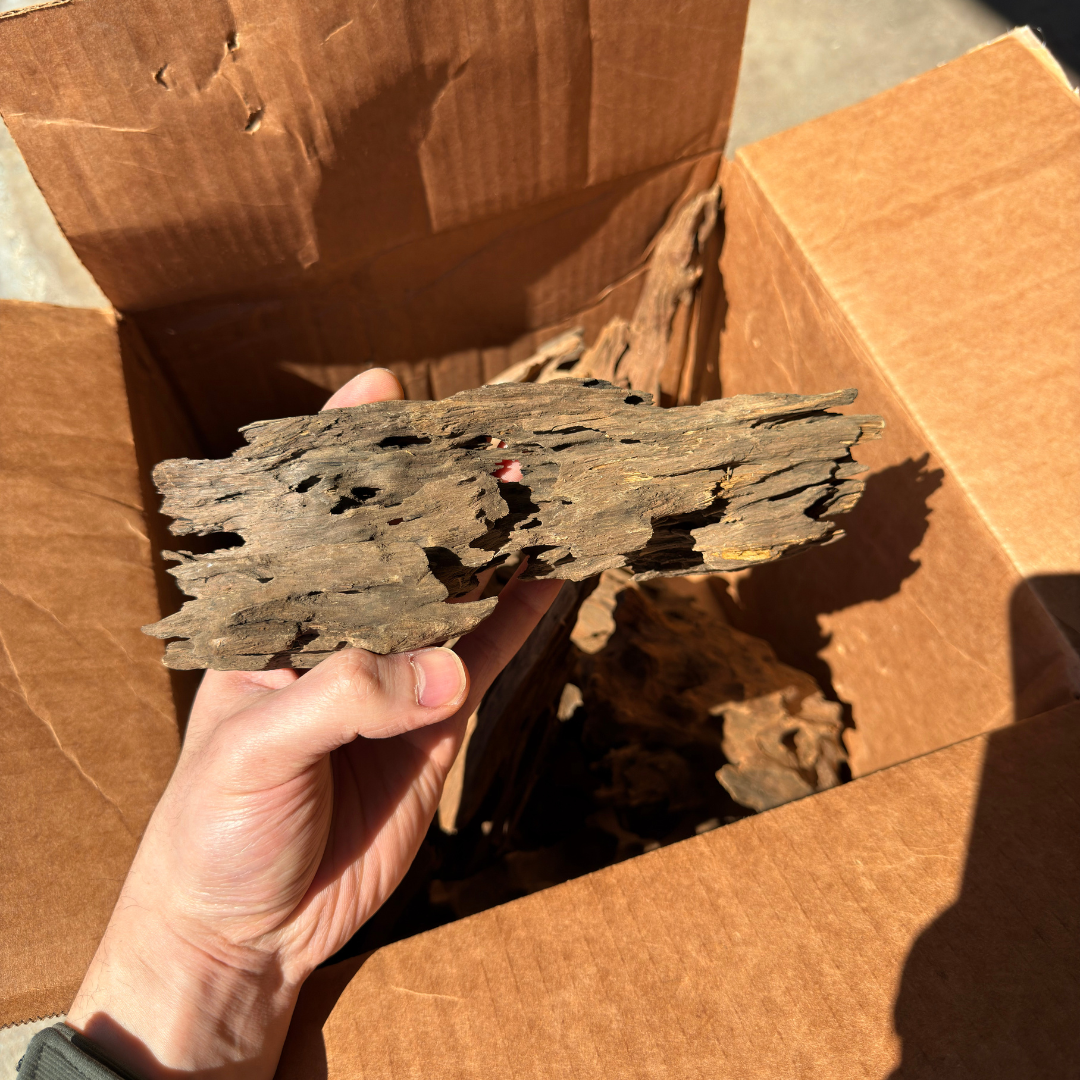


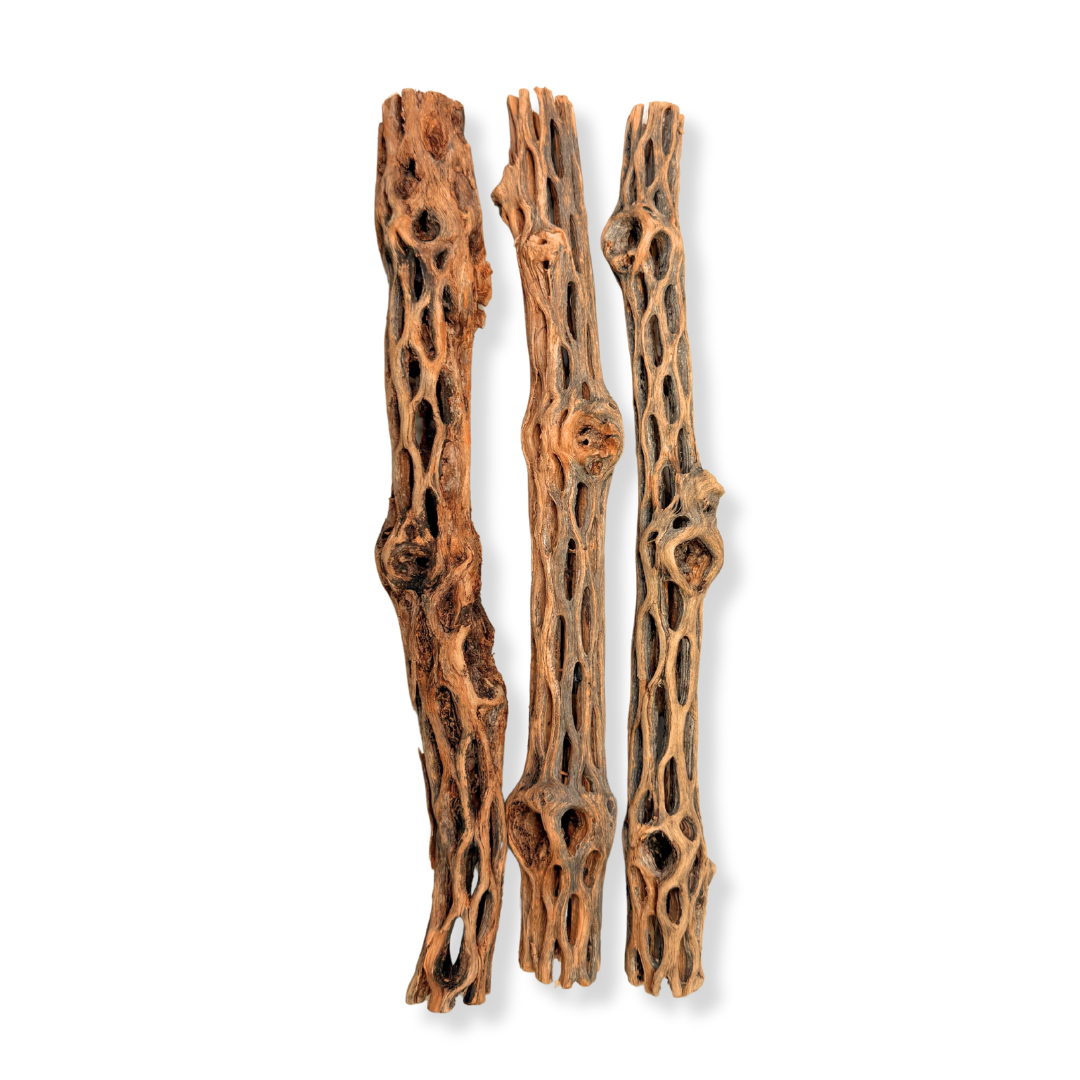

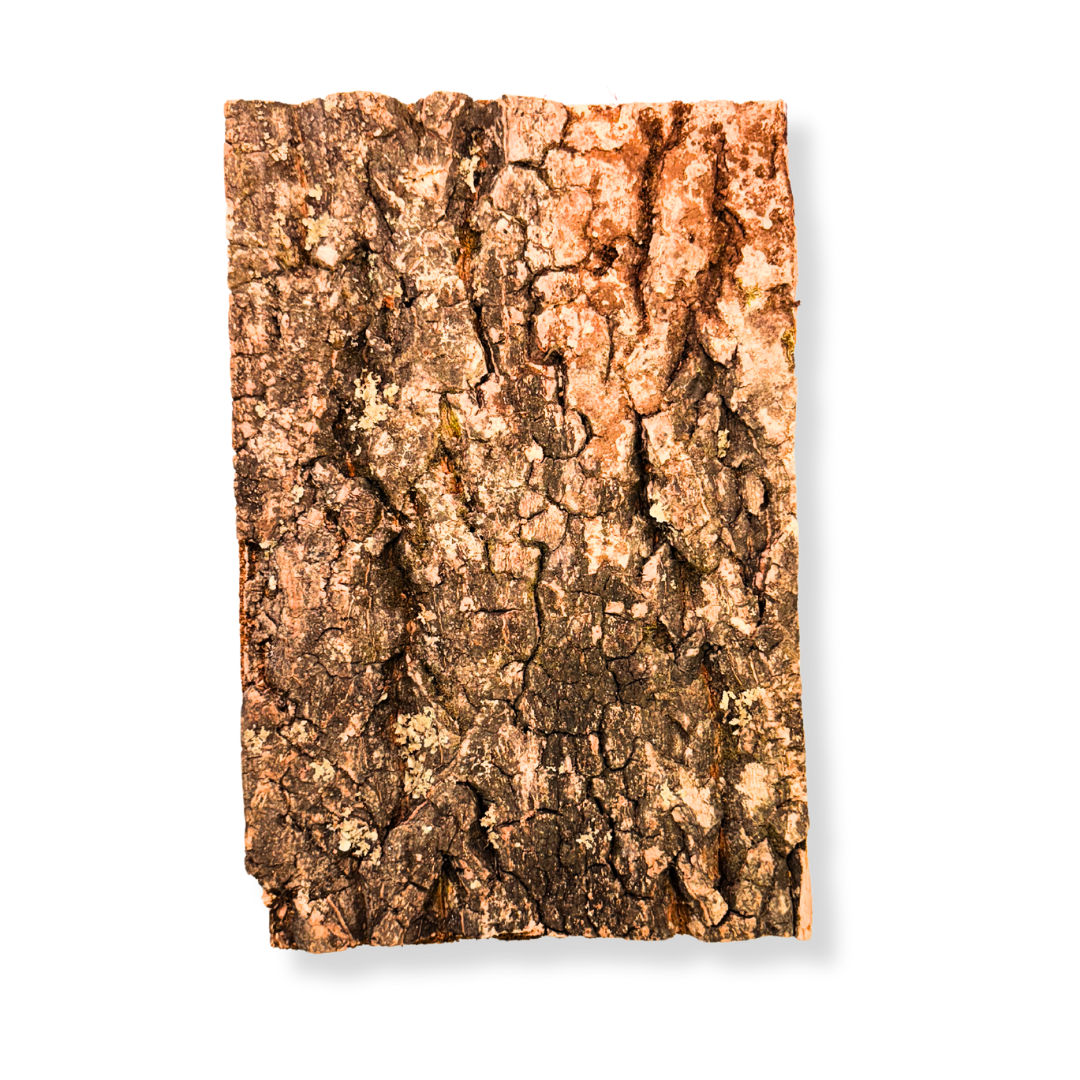

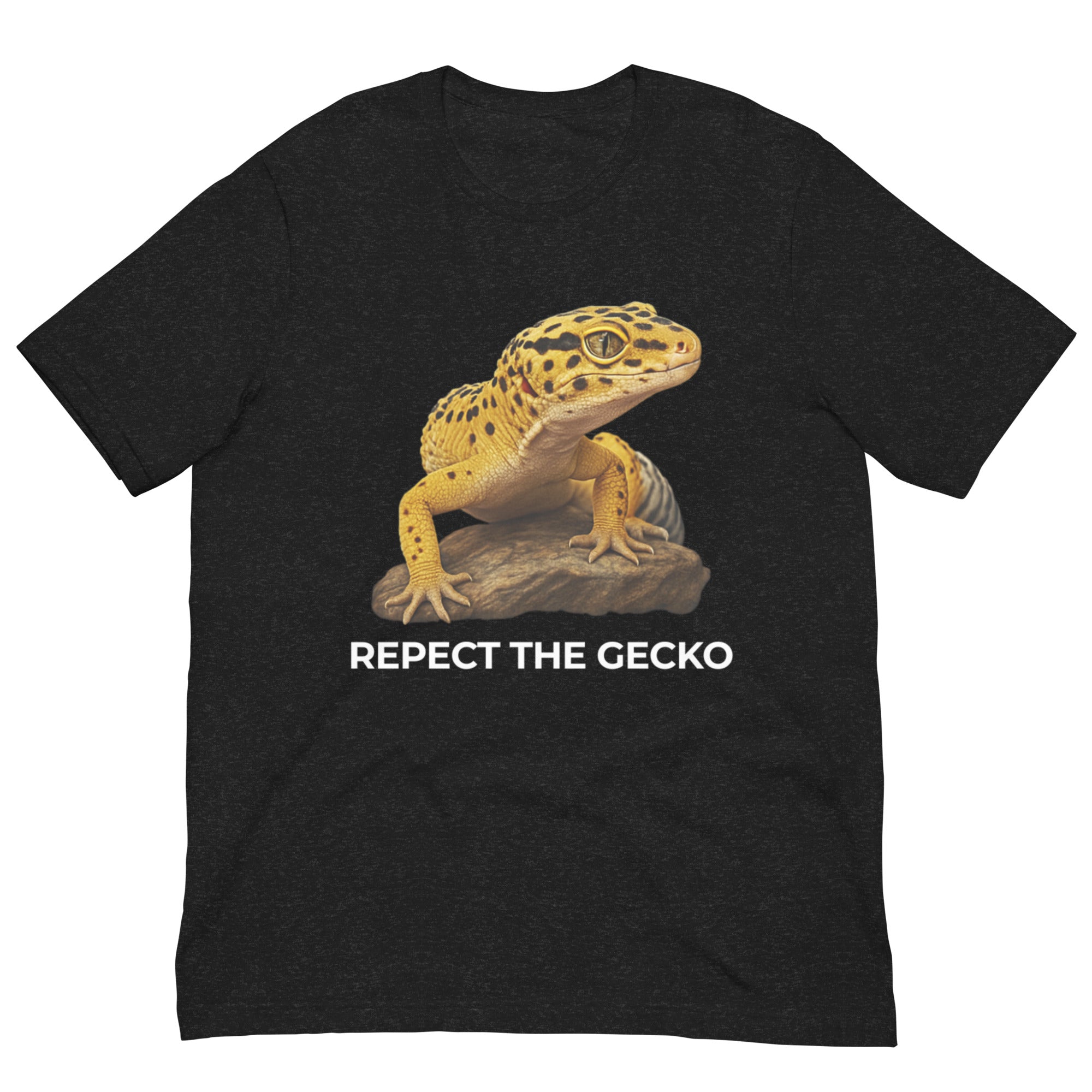
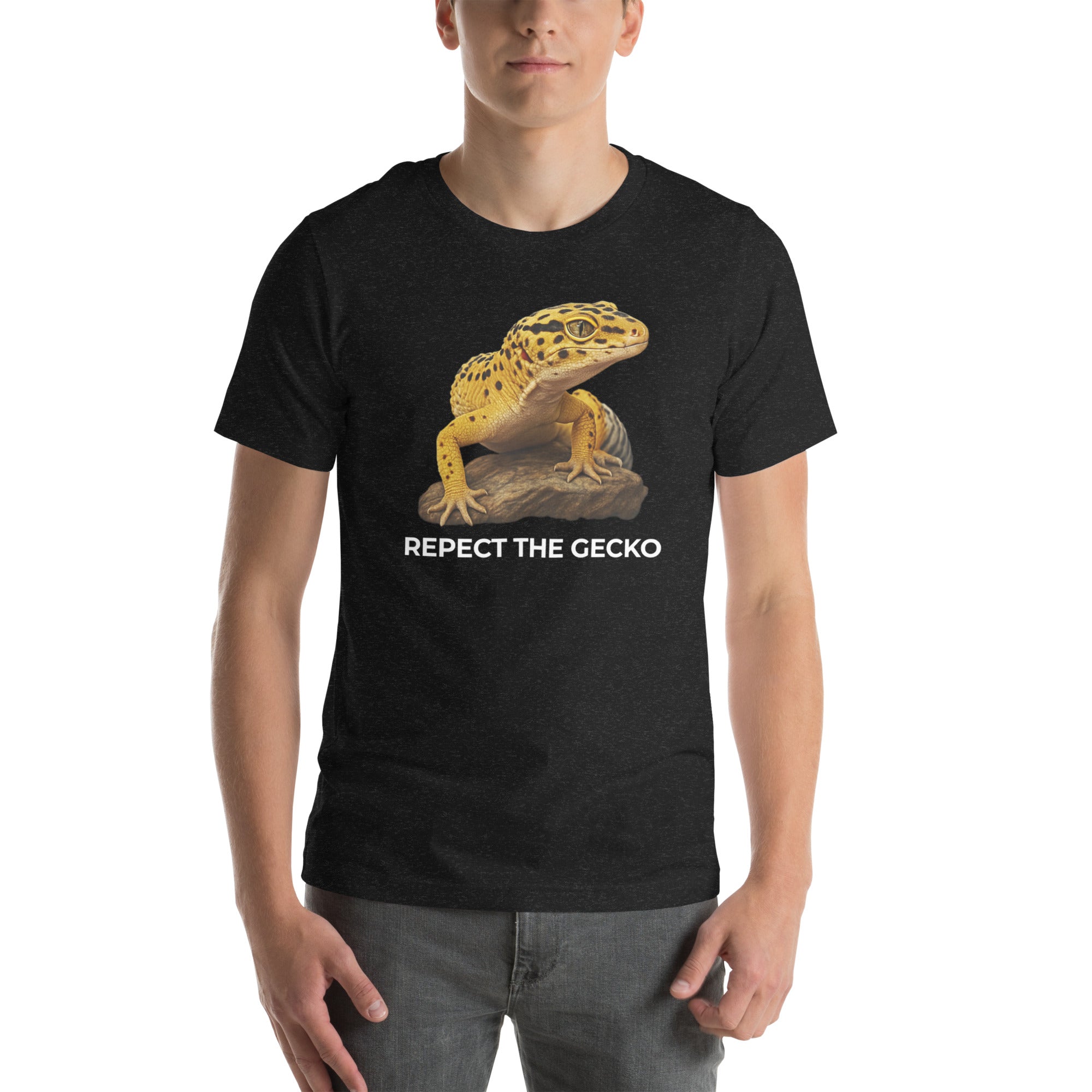

Leave a comment